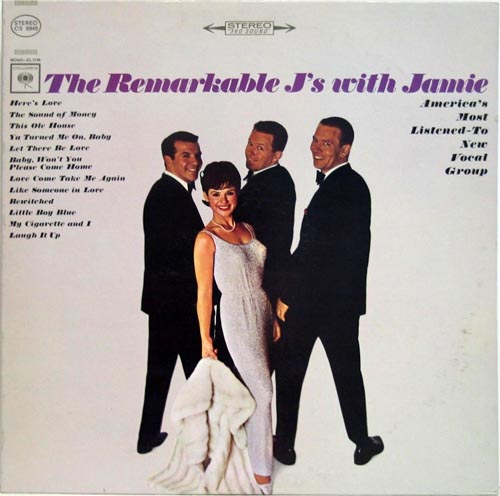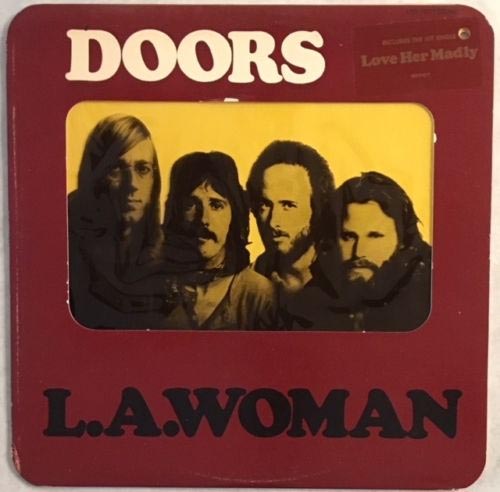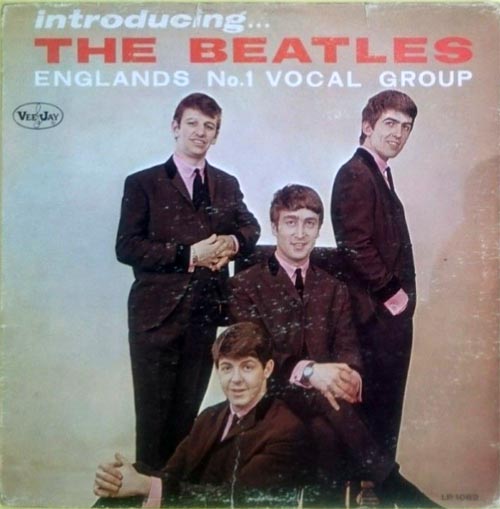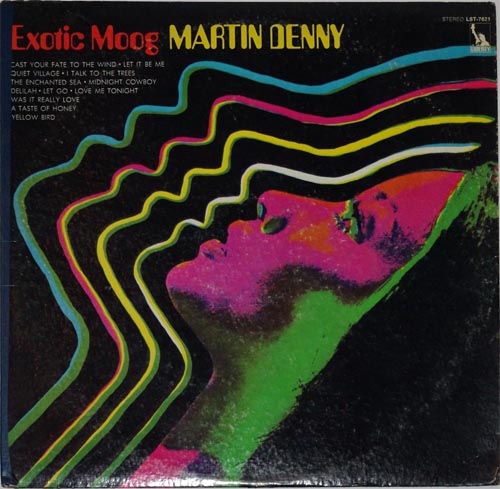Vinyl Records – The Appeal of Record Collecting





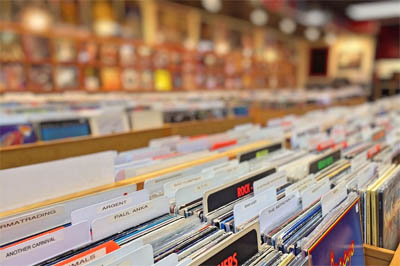 Despite the predictions of many just a few short years ago, vinyl records are still selling well in the twenty-first century. This would have surprised a lot of people in the late 1980s, when vinyl records were in serious decline as a working format, partly due to the introduction of the compact disc earlier in the decade.
Despite the predictions of many just a few short years ago, vinyl records are still selling well in the twenty-first century. This would have surprised a lot of people in the late 1980s, when vinyl records were in serious decline as a working format, partly due to the introduction of the compact disc earlier in the decade.
Like many things in popular culture, vinyl records have gone out of style only to become popular again.
It’s pretty obvious that records are back in a big way, as many stores that only sold compact discs a few years ago have replaced almost all of them with vinyl records. Not only that, but the selling prices of collectible records have not only remained steady, but have actually increased at a time when most people get their music via digital downloads.
Why are vinyl records making a comeback? What is the source of their appeal? Why are record collectors so passionate, and what, exactly, do they collect? In this article, we’ll cover the history of the phonograph record, including its decline and resurgence and explain the many reasons why people are once again lining up to buy vinyl records.
Browse by Category
Click any of the links below to jump to each category:
33 1/3 Long-play Vinyl Records
Popularity of Vinyl Records in the 1950s
Stereo Vinyl Records
Decline of Vinyl Records
Vinyl Records Resurgence
Collecting Vinyl Records
Types of Vinyl Records That People Collect
Artists
Audiophile Records
Bootleg Records
Colored Vinyl Records
Monaural Records
Original Pressing Records
Picture Disc Records
Promotional Records
Sealed Records
Singles
Soundtrack Records
Featured Products
Click here to shop for vinyl records in our store. (new window)
33 1/3 Long Play (Lp) Vinyl Records
 In order to avoid writing a novel, we’ll skip the early history of vinyl records, as the early ones were made from wax, celluloid, and shellac. The modern “vinyl” record as we know it dates to the late 1940s. Record companies were looking for a format to replace the 78 RPM record, which had the limitations of fragility and a short playing time.
In order to avoid writing a novel, we’ll skip the early history of vinyl records, as the early ones were made from wax, celluloid, and shellac. The modern “vinyl” record as we know it dates to the late 1940s. Record companies were looking for a format to replace the 78 RPM record, which had the limitations of fragility and a short playing time.
A collection of similarly-themed 78 RPM records, known as an “album”, was bulky, heavy, and expensive to produce, and the record companies were looking for more viable, cost-effective alternatives.
RCA opted to go with the seven inch, 45 RPM record, which had one song on each side, and they developed a special player that would allow listeners to cue up a stack of them to be played in series. These “albums” were sold in small boxes that were quite a bit smaller than their 78 counterparts and were cheaper to make and ship and were far less prone to breakage. Consumers were still expected to handle a stack of records in order to listen to a collection of songs from the same artist, which was a bit of a nuisance.
Columbia Records went with an alternative format, which they trademarked as the Lp®, for “long-play.” This format, which we’ll refer to from now on as the LP, played at 33 1/3 revolutions per minute, using a ten inch (and later, twelve inch) disc. The LP format offered much longer playing time; they typically played for about 12-15 minutes for a ten inch disc and up to 25 minutes for the twelve inch size.
The records were made from various materials early on, but the industry eventually settled on polyvinyl chloride, which came to be referred to as “vinyl.” With that, vinyl records as we know them were born and the first long-play albums were released in 1948.
Each company was committed exclusively to their own format, but Columbia’s LP format won the format war fairly quickly, and both Columbia and RCA soon licensed their technology out to other interested parties. The 45 RPM record did eventually replace the 78 RPM disc, and by the late 1950s, production of 78 RPM singles ended.
It took a few years for the industry to move from the ten inch disc to the twelve inch format that remains popular today. Part of this had to do with the manufacturing process, which was largely geared towards pressing ten inch 78 RPM discs. It was only logical to continue to make LPs in that size, but by 1954, nearly all U.S. record companies had phased out their production of ten inch LPs.
Popularity of Vinyl Records in the 1950s
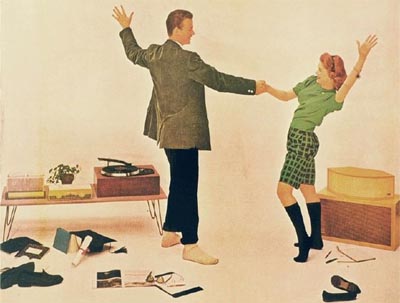 Throughout the 1950s and into the mid-1960s, record albums were somewhat of a niche item, with most music being sold in the form of singles.
Throughout the 1950s and into the mid-1960s, record albums were somewhat of a niche item, with most music being sold in the form of singles.
Part of the reason for this was the price; new albums in the mid-1950s sold for about $4, which equates to about $35 today. By 1960, some stereo records were being sold for as much as $6.98, which works out to about $56 in present-day dollars.
There’s a reason why so many albums from the 1950s are hard to find today – they sold in minuscule quantities, due to their price. If you were a lucky teenager in the 1950s, you might have received an album as a birthday or Christmas gift, but if you wanted to actually buy music, you likely bought singles.
Record companies knew this, which is why a lot of rock and roll artists of the 1950s didn’t release any albums at all. Most of the albums sold in that decade were of the jazz or easy listening variety. The emergence of Elvis Presley in 1954 would soon change that, and by the time the Beatles arrived in a big way in early 1964, albums began to be big sellers.
Stereo Vinyl Records
Record companies had long been trying to find a way to commercially sell recordings in stereo. In 1956, commercial reel to reel tapes came to market, and introduced stereo to the consumer marketplace. The tapes and the equipment to play them were quite expensive, and the pre-recorded reel to reel tapes had to be duplicated one at a time, which made mass production tedious. The major record companies began to aggressively pursue technologies to allow them to manufacture vinyl records in stereo, as they could be more easily mass-produced.
 The first stereo records came to market in late 1957, though for the next ten years, monaural (or “mono”) records continued to dominate the market. Stereo records were sold for a dollar more than their mono counterparts, making them more suitable to well-heeled buyers of jazz and classical recordings.
The first stereo records came to market in late 1957, though for the next ten years, monaural (or “mono”) records continued to dominate the market. Stereo records were sold for a dollar more than their mono counterparts, making them more suitable to well-heeled buyers of jazz and classical recordings.
Most of the stereo albums released in the 1950s were in those niches, and popular and rock and roll titles in stereo from that decade are rather scarce today and usually sell for a significantly higher price than their mono counterparts.
An added expense for stereo record buyers was the fact that they also had to buy a new record player that was equipped to play the stereo vinyl records as well as a second (or replacement) amplifier and an additional speaker. This was beyond the financial reach of a lot of buyers, who continued to buy records in mono, and that is one of the many reasons why so many early stereo records are quite rare today.
Throughout the 1950s and into the mid-1960s, record companies were quite conscious of the quality of their products, taking great care in every step of the process from recording the music to pressing the discs to printing the covers. Most of the major labels produced a product made from high-quality vinyl that looked great and sounded great, too.
Decline of Vinyl Records
Over time, the retail price of vinyl records didn’t really keep up with inflation, making albums more affordable by the early 1970s. By this time, the format of the stereo LP had become universal, and nearly every home had a stereo player. International problems involving the petroleum industry in 1973 led to some manufacturing issues, and consumers noticed a significant decline in the quality of the vinyl records on the market.
The quality of the vinyl used in the manufacture of records declined noticeably, with many companies using recycled vinyl that often contained visible impurities. Warped records were common, especially with the short-lived “Dynaflex” vinyl records produced by RCA that weighed little more than half as much as their records of just a few years before.
Changes in technology, as well as strong interest from the public in a higher-quality product, led to the development of the digital compact disc. The CD, as it became known, was both smaller (at 5 inches) and thinner than a record album, and less prone to problems in sound quality as a result of mistreatment by the user. Introduced in 1982, the CD began much as the stereo LP did, with high priced media and playback equipment.
The record companies weren’t sure how much the public would be willing to pay for compact discs, but they know how much they cost to make and how much they’d have to charge retailers who wanted to buy them at wholesale. Rather than set a suggested retail price for the compact disc, they allowed the market to set the price, which quickly settled in the $18 range (about $44 in 2017 dollars.) Given that the suggested list price for a record album at that time was $9.98, the record companies realized they were sitting on a potential goldmine, and quickly went about trying to phase out vinyl records altogether.
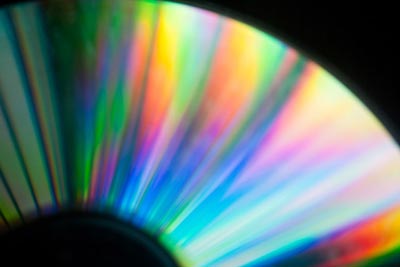 They did this by aggressively promoting the compact disc format and taking advantage of the CD’s longer playing time. Albums would be released in both formats, but the CD would often contain one or more extra songs that were not on the LP counterpart.
They did this by aggressively promoting the compact disc format and taking advantage of the CD’s longer playing time. Albums would be released in both formats, but the CD would often contain one or more extra songs that were not on the LP counterpart.
In addition, the record companies started refusing to accept returns on defective LPs, forcing retailers to absorb the cost. In time, the combination of these two factors caused many retailers to stop stocking vinyl records altogether.
By 1990, vinyl record albums were available almost exclusively through subscription record clubs, and by 1995, the format was declared by the industry to be virtually dead, with total sales worldwide in the range of just a couple of million units. Considering that in the mid-1980s, some titles had sold more than ten million records alone, this was effectively the end of vinyl records, and after more than a century, many people felt the medium’s time had come.
Vinyl Records Resurgence
The record companies enjoyed a lot of success after they succeeded in removing records from the marketplace, but in the late 1990s, the popularity of the digital and easily-downloaded mp3 format, nearly destroyed the industry. People were buying CDs, “ripping” them to their computers and sharing them online with the whole world. Consumers no longer saw a reason to buy music when they could simply download it from the Internet for free. The rise of file sharing sites such as Napster caused industry profits to plummet.
Over time, the record companies realized that people would also pay for digital downloads, and Apple’s iTunes store and streaming Websites such as Spotify proved that it was possible to get people to pay money for downloadable music. In the meantime, something odd happened – the small companies that were licensing titles from the major labels and releasing them on vinyl started to see an increase in sales, as did stores that sold used vinyl records. It seemed that people who bought music missed the ability to buy a piece of music and actually hold their purchase in their hands.
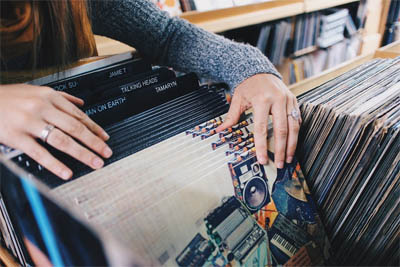 Over the past decade, the major labels have slowly returned to releasing titles in the form of vinyl records, and today, oddly enough, virtually every new release from a major artist is available in LP form, and much to everyone’s surprise, they’re selling.
Over the past decade, the major labels have slowly returned to releasing titles in the form of vinyl records, and today, oddly enough, virtually every new release from a major artist is available in LP form, and much to everyone’s surprise, they’re selling.
In fact, sales of vinyl records in 2015 reached totals that hadn’t been seen since the mid-1980s, with some 40 million units sold. Pressing plants worldwide are running at capacity, often running 24 hours a day in order to meet demand.
In addition, audio equipment manufacturers are once again selling mass-produced turntables and people are buying them. Many of the buyers are under the age of 30, and were born at a time when it was nearly impossible to buy new vinyl records at all. Demand is there across the spectrum, and out of print and collectible titles are selling for more than ever. Ringo Starr’s personal copy of the Beatles’ 1968 LP known as the White Album recently sold for $790,000. That’s a lot of money for an artifact of a format that was regarded as dead a few decades ago.
Collecting Vinyl Records
It’s surprising to see how many new fans are coming to record collecting today and that includes relatively young collectors who are seeking out vinyl records that were made before they were born.
People have been collecting records since they were invented. Though most people who collect vinyl records today are interested in the modern-era LP or single, there are still collectors who are interested in early 20th century cylinder records and 78 RPM singles.
Most of the interest in 78s is in the area of rhythm and blues and early rock and roll. The former didn’t sell particularly well when they were new and are thus fairly rare today. The latter were pressed at a time when the industry was phasing out the format. For most singles pressed after 1955, the 78 version is harder to find today than the 45 RPM equivalent.
There are a number of reasons why people collect vinyl records; there’s no “one size fits all” answer. Still, there are a few explanations that seem to apply to the majority of collectors.
Vinyl records are tangible – Obviously, there’s some appeal to buying something and being able to physically handle it. Buyers are more likely to regard their purchase as something of value when it’s a physical object than they are if it’s merely something that they downloaded.
Advantages of physical size – Vinyl records are bigger than compact discs, which makes it easier to read song titles, lyrics, and liner notes than it is on a compact disc. Even people with exceptional eyesight have long complained that reading the small booklets enclosed with compact discs is difficult. The larger size of record albums also allows for better appreciation of cover photos and graphics, which often represent a lot of time, money and effort on the part of the artists who created them.
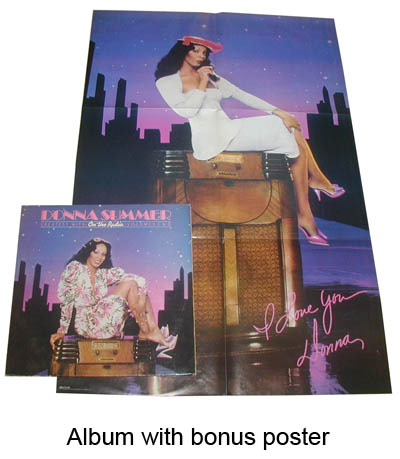 Bonus items – Vinyl records occasionally included bonus items such as stickers or posters, which are generally too large to fit in a compact disc case. Back in the 1970s, albums often came with posters, and millions of teenagers had the posters from Pink Floyd’s Dark Side of the Moon hanging on their wall. With the resurgence of vinyl records, buyers can once again enjoy that experience.
Bonus items – Vinyl records occasionally included bonus items such as stickers or posters, which are generally too large to fit in a compact disc case. Back in the 1970s, albums often came with posters, and millions of teenagers had the posters from Pink Floyd’s Dark Side of the Moon hanging on their wall. With the resurgence of vinyl records, buyers can once again enjoy that experience.
Visual appeal – While vinyl records pressed from black vinyl aren’t particularly interesting, record companies occasionally press records using colored vinyl or even press albums as picture discs, where the record is made from clear vinyl covering a photo or image.
Improved sound – This argument has been going on for decades, but a lot of listeners prefer the sound of vinyl records to that of digital downloads or compact discs. We’ve found that in blind tests, where the listener doesn’t know which source they’re hearing, they usually choose the record over the compact disc as the one that sounds the best to their ears.
Many listeners have felt this way ever since the compact disc, and during the decade or so when records were largely unavailable, a lot of these listeners simply didn’t purchase new music anymore. With the resurgence of vinyl records, they’re buying again. Some of the titles that were issued in the 1990s as CD-only releases are now being issued as vinyl records for the first time ever and they’re selling well.
Improved sound, even for records – With vinyl records selling for a premium price today, record companies are now showing an interest in producing a quality product that they haven’t shown since the early 1960s. Great care is now being taken in transferring the master tape to the lacquers used to make stampers, a process called “mastering.”
When reissuing titles from the 1950s through the 1970s, the record companies are making an effort to use the best-available tape sources, rather than digital copies made for compact disc use. Finally, the companies that press the records are making an effort to use quiet, high-quality vinyl compounds that allow the records to be played with a minimum amount of surface noise. As a result, the vinyl records produced today are among the best every made in the nearly 140 year history of the medium.
Attachment to an artist – While most buyers of vinyl records are interested in hearing the music recorded on them, many collectors are interested in a particular artist. These collectors often seek to obtain a copy of every single or album by their favorite artists, including foreign versions that might have different song lineups, different covers, or some other visible difference from the version sold in their home country.
For collectors of very popular artists, such as Elvis Presley or the Beatles, this type of collecting could potentially result in a collection consisting of thousands of albums if the collector sought out every conceivable variation.
Types of Vinyl Records That People Collect
While most collectors are interested in albums, there’s a lot of interest in singles, too. In the early days of rock and roll, many artists released singles that were never issued on albums. A few artists released singles exclusively, and there are some genres of rock, such as rockabilly and 1960s garage rock, that are represented almost exclusively by 45 RPM singles.
While albums are popular with collectors, some genres are more popular than others. Rock and roll is far and away the most popular, followed by jazz, classical and soul and rhythm and blues. While there is a bit of interest in other areas of music, such as country or movie soundtracks, interest in those areas seems to be on the wane.
Although the most popular titles in jazz and classical music are still available today as current releases, collectors seek out original pressings, as they generally sound better than modern reissues. The reason for that is that many of the original tapes used on albums in the 1950s and 1960s are long lost, and current pressings are made from tapes that are several generations removed from the original tapes, resulting in a loss of sound quality.
Certain classical titles, usually stereo pressings from the late 1950s and early 1960s, regularly sell for hundreds of dollars. A number of jazz titles from the 1950s, particularly those on the legendary Blue Note label, sell for thousands of dollars in mint condition.
The specific types of music that people collect does tend to shift over time as collectors become older and new ones start the hobby. In the 1980s, rare rock and roll records from the 1950s brought premium prices, while many rare titles from the British Invasion era of the 1960s could be purchased at affordable prices. Now, as the collectors of 1950s rock have grown older, the prices for those recordings has dropped, while the prices of many 1960s rock LPs, particularly those of the Beatles, have risen dramatically in price.
While the kinds of vinyl records that interest collectors are often defined by the kind of music they offer, there are certain types of records within those genres of music that attract particular attention in the collector market:
Artists
 People collect all kinds of vinyl records, and they collect them for all kinds of reasons. The primary reason, however, is an interest in a particular artist. Most collections start out based on interest in one artist in particular, though many collectors are interested in more than one artist. From there, many collectors seek to obtain a copy of every album or every record by that particular artist.
People collect all kinds of vinyl records, and they collect them for all kinds of reasons. The primary reason, however, is an interest in a particular artist. Most collections start out based on interest in one artist in particular, though many collectors are interested in more than one artist. From there, many collectors seek to obtain a copy of every album or every record by that particular artist.
Each individual collector defines what will comprise their collection. Some might be happy with a copy of every one of the artist’s albums so they can listen to them. That comprises a basic collection.
Others might be interested in owning a copy of every album, plus a copy of every album from every country that released that album, plus a copy of every different variation (mono and stereo, or black vinyl and colored vinyl, for example) of that album known to exist.
Still other collectors might want simply anything related to their chosen artist, whether it’s an album, a single, an 8 track tape, a magazine, a gold record award, or an autographed copy of an album. There’s no single set of rules for what makes up a particular collection, but it almost always stems from an interest in a single artist.
By far, the most commonly collected artists are the Beatles and Elvis Presley. While Elvis isn’t as popular as he once was, rare and unusual Elvis records still sell for thousands of dollars. The Beatles’ popularity seems incapable of waning, and a surprising number of people who weren’t even born when the band broke up collect Beatles records.
Audiophile Records
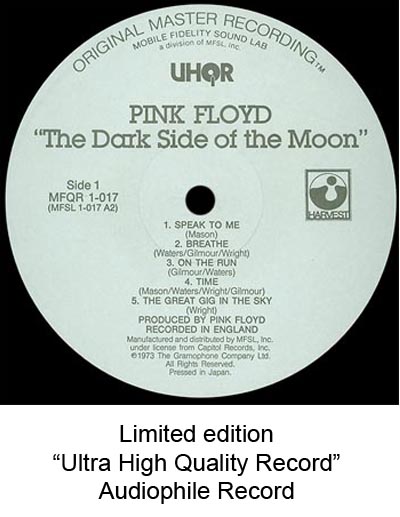 The early days of stereo in the late 1950s introduced us to “audiophiles”, who were people who were interested in well-recorded sound and who went out of their way to purchase records that produced a realistic, you-are-there listening experience.
The early days of stereo in the late 1950s introduced us to “audiophiles”, who were people who were interested in well-recorded sound and who went out of their way to purchase records that produced a realistic, you-are-there listening experience.
In the late 1950s, record companies made an effort to produce vinyl records that emphasized stereo separation in their recordings, and these recordings often in the classical genre, are highly sought out today.
Many jazz and rock records are also well-recorded, but the listening experience of these recordings was often marred by the fact that the records themselves may have been poorly pressed, either due to errors in mastering or in the use of poor quality vinyl in the pressings themselves.
Beginning in the late 1970s, a few small companies sought to correct this problem by licensing the master tapes of highly-regarded titles in the rock, jazz and classical genres and releasing them as high-quality pressings made with improved mastering techniques and better vinyl. These records, produced by such companies as Mobile Fidelity Sound Labs and Quality Record Pressings, are collectively referred to today as “audiophile records.”
Another trend in audiophile records that became popular in the late 1970s was direct-to-disc recordings. These limited edition pressings were recorded live in the studio, direct to the cutting lathe, without the use of recording tape. Bypassing the tape completely resulted in a much better sounding finished product, though direct-disc recordings could not be mass produced since only a limited number of pressings can be manufactured from the finished lacquer disc produced by the cutting lathe.
In addition, few artists are interested in recording live in the studio without overdubs, and the need to record an entire side of an album without stopping makes the entire process rather time consuming. Most direct-disc recordings have been by jazz artists.
Audiophile records are usually intentionally produced in limited quantities, restricted by relatively limited demand in the marketplace and by time-limited contracts with the record companies.
Due to the limited-edition nature of the products and the extra care involved in their manufacture, mass-produced audiophile records tend to sell for a premium price when new, and often for substantially higher prices once they go out of print and are no longer available for general sale.
Bootleg Records
Bootleg records are vinyl records produced without the consent of either the artist or the artist’s record company. While bootleg recordings have existed since the 1930s, the modern industry started in 1969, when a few enterprising individuals discovered that the copyright laws then in effect in the United States did not prohibit anyone from releasing any previously unreleased material by any artist.
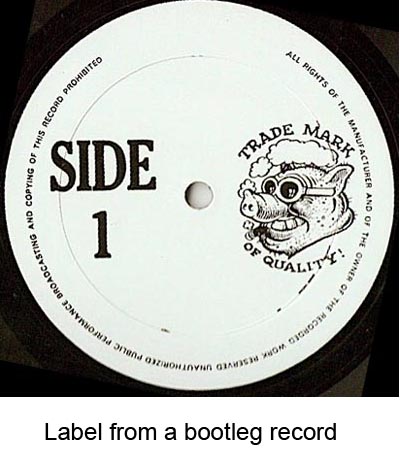 This led to the release of thousands of albums over the next five years by hundreds of different artists, usually in the form of previously unreleased studio material or live, “in concert” recordings, with the quality of these records varying dramatically based on the quality of the source tapes used.
This led to the release of thousands of albums over the next five years by hundreds of different artists, usually in the form of previously unreleased studio material or live, “in concert” recordings, with the quality of these records varying dramatically based on the quality of the source tapes used.
Some bootleg records were sourced from tapes made from high-quality FM stereo broadcasts, while others were made from recordings made at live concerts using smuggled tape recorders or copies of copies of copies of studio recordings that had been passed around for years by collectors.
Several manufacturers became well-known for their quality bootleg records, including the Trademark of Quality and Amazing Kornyfone labels, both of which were operated out of California.
When bootleg records first appeared in the late 1960s, many mainstream stores carried them, but Congress quickly changed the copyright laws, which sent the manufacturers “underground.” After that, bootlegs, as they came to be known, were mostly sold via specialty stores or mail order, and by the end of the 1980s, the market for bootlegs as vinyl records effectively came to an end as compact discs took over that market..
Collectors are interested in bootleg records, as they often provide an opportunity to hear recordings that their favorite artists, for whatever reason, have declined to release legally. Many bootleg records were issued on colored vinyl, and all of them, by definition, were limited editions, making them fairly rare once they became unavailable. Certain titles on the Trademark of Quality label have sold for more than $1500, and many routinely sell for $100-$300 today.
Colored Vinyl Records
Most of the vinyl records ever pressed are black in color. While the vinyl compound normally used to manufacture records isn’t naturally black, it can vary in color and all of the variations are relatively unattractive. Pigmentation is added to make the records black, and the reason that most records come in that color is because it’s the cheapest way to make them.
Vinyl records have been occasionally manufactured using colors other than black over the years, and when RCA first introduced the 45 RPM record in the late 1940s, their original intention was to use different colors for records in different genres. Country music records were pressed with green vinyl, and classical records were red. This didn’t last long, and within a year or so, RCA was pressing black records, just like everyone else.
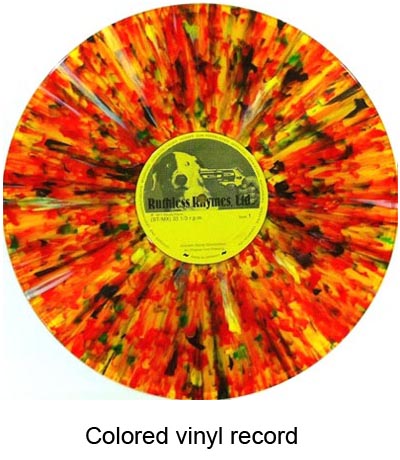 In the early 1960s, Columbia Records, then the nation’s largest record company, began occasionally pressing records on colored vinyl for radio station use. Radio stations often received dozens of records per month with the hopes that they’d play them, and the record company decided that anything that drew attention to their product would be helpful. Columbia and associated labels pressed hundreds of colored vinyl 45 RPM records in the 1960s, representing artists as diverse as the Yardbirds, Bob Dylan, Andy Williams, and Eydie Gorme.
In the early 1960s, Columbia Records, then the nation’s largest record company, began occasionally pressing records on colored vinyl for radio station use. Radio stations often received dozens of records per month with the hopes that they’d play them, and the record company decided that anything that drew attention to their product would be helpful. Columbia and associated labels pressed hundreds of colored vinyl 45 RPM records in the 1960s, representing artists as diverse as the Yardbirds, Bob Dylan, Andy Williams, and Eydie Gorme.
In the late 1970s, a few record companies began pressing copies of some of their best-selling titles on colored vinyl as limited edition releases, which sold for a premium price. Titles by Fleetwood Mac, Led Zeppelin, The Eagles, Rush, Elton John, The Rolling Stones, The Beatles, and dozens of others became available for a short time on vinyl in a wide variety of colors – blue, red, orange, yellow, white, purple, green and even multicolored “splatter” vinyl.
While collectors liked these pressings, they didn’t sell well enough to justify continuing to press them this way on a regular basis, though record companies have continued to occasionally offer colored vinyl records as limited-edition releases. With very few exceptions, colored vinyl records will generally sell for more money than their black vinyl counterparts. They often sound as good or better than black vinyl pressings, due to fewer impurities in the vinyl, which would be visible in a colored vinyl disc.
Many collectors will purchase both a black vinyl and a colored vinyl pressing of the same album and use the black one to play. They’ll just put the colored vinyl copy on the shelf as part of their collection.
Monaural Records
Prior to 1957, all records were monaural, or “mono” as they popularly came to be known. All of the information recorded on the disc was contained in a single channel of information, and the records were intended to be played on a hi-fi system with a single speaker. In 1957, stereo records were introduced, offering two channels of information, and providing a more realistic listening experience.
Stereo records required a special stylus on the phonograph, a stereo amplifier, and two speakers for reproduction. Stereo records could not be played on a turntable or record player that was designed for monaural records without being damaged. Buyers who went shopping for albums at their local record store would have to not only look for the title they wanted, but also for the format, mono or stereo, that their own playback system required. Stereo records cost more than mono records, and retailers hated having to stock multiple variations of the same titles, as it added to inventory costs.
In the late 1950s, mono records outsold stereo records by a ratio of about 50:1. Over the next decade, however, that ratio changed, and by 1967, stereo records were outselling mono records by a similar ratio.
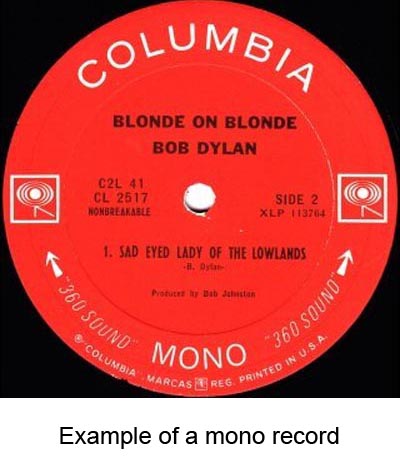 In the early days of stereo, most amplifiers were powered via vacuum tubes, which were relatively expensive. Starting in the early 1960s, these tube amplifiers were slowly replaced in the market by transistorized, “solid-state” equipment, much of which was imported from Japan. As the equipment became more affordable and more widely available, more buyers began to buy stereo records instead of their monaural versions.
In the early days of stereo, most amplifiers were powered via vacuum tubes, which were relatively expensive. Starting in the early 1960s, these tube amplifiers were slowly replaced in the market by transistorized, “solid-state” equipment, much of which was imported from Japan. As the equipment became more affordable and more widely available, more buyers began to buy stereo records instead of their monaural versions.
Retailers of vinyl records hated the fact that they had to stock most titles in both mono and stereo, and in the early days of stereo records, that format was often available on a special order basis only. By the late 1960s, a switch had taken place and as fewer people were buying mono records, they eventually became special order items themselves.
It took about ten years for the sales of stereo records to overtake the mono versions, but by 1968, the sales of mono albums in the United States had dwindled to the point where the record companies no longer regarded them as commercially viable. The last mono releases by major record labels in the U.S. came in mid-1968, and some titles by major artists released at that time, such as the first three albums by The Doors and the first two by Jimi Hendrix, are highly sought after today in their mono versions.
Every since the decline of mono records in the late 1960s, collectors of artists who were issuing records at that time have sought out the mono pressings of their albums, which became increasingly scarce as the decade went on. Mono albums by the Beatles from 1964, for instance, are fairly common today, but their two releases from 1967, Sgt. Pepper’s Lonely Hearts Club Band and Magical Mystery Tour, are both quite rare in mono.
In the past five years, a number of mono titles by major artists that were originally released in the late 1960s have been reissued, but collector interest remains strong for original pressings.
Original Pressing Records
While there are exceptions to this rule, original pressings of a particular album often sound better than later issues. This has a lot to do with the tapes used to master the record, as magnetic tape tends to deteriorate over time, both from age and from repeated use. With popular albums from the 1950s and 1960s, the master tapes have often been archived, with current pressings made from copies of those tapes or even copies of copies. In some cases, the original tapes are damaged to the point of no longer being useful and in a surprising number of cases, the master tapes are simply lost.
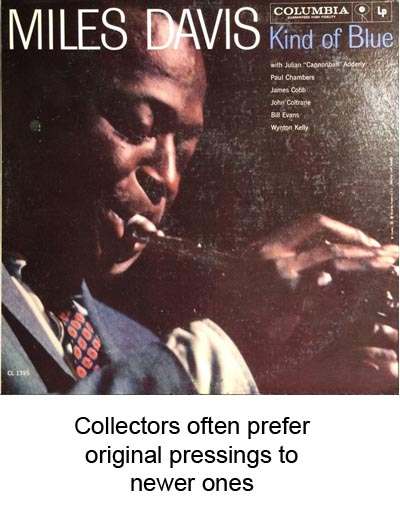 When the tapes aren’t useful or are no longer available, record companies have to find alternative sources to master their records and the result is usually a record that doesn’t sound as good as the original pressing. Because of this, collectors are often willing to pay a premium for original pressings of classic or highly regarded albums, as they sound better than later pressings.
When the tapes aren’t useful or are no longer available, record companies have to find alternative sources to master their records and the result is usually a record that doesn’t sound as good as the original pressing. Because of this, collectors are often willing to pay a premium for original pressings of classic or highly regarded albums, as they sound better than later pressings.
There are some exceptions to this, particularly if the album was originally release by a record company that wasn’t known for using quality vinyl, but as a rule, original pressings will sell for higher prices than later issues of the same title.
Picture Disc Records
Picture disc records were introduced as somewhat of a novelty in the early 1930s, as an attempt to attract the attention of the buyer by way of changing the appearance of the record itself. A picture disc is a record that appears to have an image or graphic on its very surface.
Picture discs are produced by taking a round graphic or image and laminating it with colored vinyl using a traditional record stamper. While the resulting product may look like a photograph, it will play on a turntable just like other vinyl records, though the sound quality may not be as good as traditional pressings.
Picture discs first appeared on a few 78 RPM records in the 1930s, but weren’t particularly common at that time, probably due to the difficulty in manufacturing them. A company called Vogue Records brought them back in the 1940s, and every record Vogue produced was a 78 RPM picture disc. Financial issues soon forced the company out of business, and picture discs disappeared until the early 1970s.
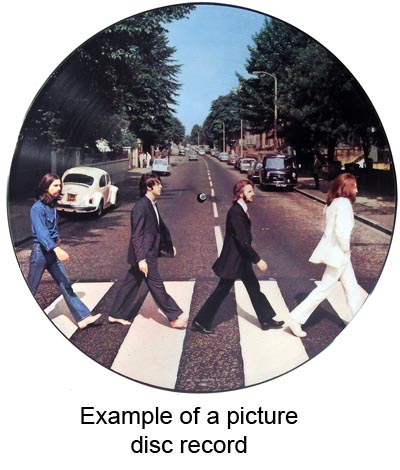 By the 1970s, production methods had improved, and in 1977, picture disc albums returned, though they were usually issued only as promotional items. As some of these promo-only titles began to change hands among collectors for sizable sums of money, the major record companies began to issue titles commercially, usually as limited edition releases.
By the 1970s, production methods had improved, and in 1977, picture disc albums returned, though they were usually issued only as promotional items. As some of these promo-only titles began to change hands among collectors for sizable sums of money, the major record companies began to issue titles commercially, usually as limited edition releases.
Titles issued as promotional releases in the 1970s include Bruce Springsteen’s Darkness on the Edge of Town, and Willie Nelson’s Stardust. Commercial releases from that era include The Beatles’ Abbey Road and the debut album by Boston.
While there were a lot of titles released in the late 1970s in this format, consumers balked at paying prices that were 50% higher than those of regular pressings for records that were relatively noisy and often prone to warping. Since that time, American companies have only occasionally released picture discs, though the format has remained popular in Great Britain all along, particularly for singles.
While most picture discs are round, a few have been issued over the years cut to unusual shapes. The grooves on the records are round, of course, so the records are still playable, but shaped picture discs, while infrequently issued, are usually popular with collectors.
Promotional Records
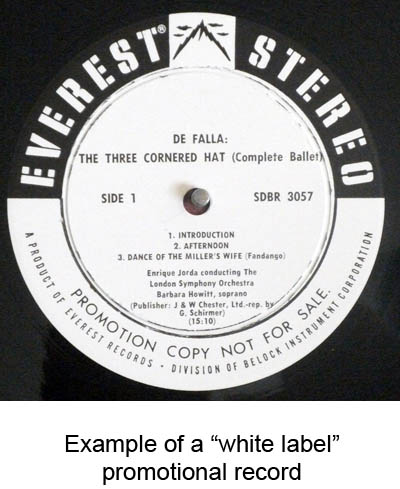 Promotional records are those created to generate sales of a particular album, usually be being pressed especially for radio use. In the 1950s, a few record companies began to send copies of records to radio stations, usually with special labels that were marked “promotion copy – not for sale.” These vinyl records were marked this way in order to distinguish them from the inventory that was intended to be sold to the public.
Promotional records are those created to generate sales of a particular album, usually be being pressed especially for radio use. In the 1950s, a few record companies began to send copies of records to radio stations, usually with special labels that were marked “promotion copy – not for sale.” These vinyl records were marked this way in order to distinguish them from the inventory that was intended to be sold to the public.
After a few years, the industry more or less settled on a standard practice of using white labels to distinguish their promotional issues, and such copies of a particular record are often referred to by collectors as “white label promos.” Promotional copies of any record were usually limited to a few hundred copies, where commercial, or “stock” copies of an album might eventually number in the millions.
Because promotional copies of vinyl records are relatively rare, collectors will often pay a premium for them. As a bonus, promotional copies of any record are usually pressed before the stock copies, so they’ll often sound as good, or better, than the copies sold in the stores. In some cases in the 1980s, promotional copies of albums were actually pressed on high-quality vinyl that was better than that used for for stock copies.
Occasionally, record companies will press special editions of a single or an album for radio use only, with no stock equivalent. These “promo-only” releases are usually sought out by collectors and they have a tendency to sell for prices that reflect their relative scarcity.
Sealed Records
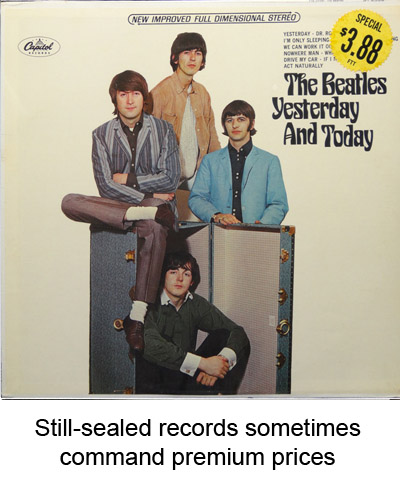 Until the mid-1960s, records sold at retail in the United States were not shrink-wrapped at the factory to protect the vinyl prior to purchase. In fact, in the 1950s, many record stores allowed customers to listen to a record prior to purchase in order to determine if they wanted to buy it.
Until the mid-1960s, records sold at retail in the United States were not shrink-wrapped at the factory to protect the vinyl prior to purchase. In fact, in the 1950s, many record stores allowed customers to listen to a record prior to purchase in order to determine if they wanted to buy it.
Problems with theft and damage led to the introduction of protective plastic packaging for albums. Initially, this packaging consisted of a loose-fitting plastic bag that was heat-sealed, but later the industry switched over to tight-fitting shrink wrap.
By shrink wrapping their records, stores were able to assure buyers that the product they were buying was new and untouched by human hands since it left the factory. Of course, most records purchased at stores were immediately opened and played by the buyers as soon as they got home from the store.
Today, many collectors of vinyl records will pay a premium, and sometimes a substantial one, for an example of an out of print title that is still sealed in the original shrink wrap, in order to own an example of an unopened, never-been-played record by their favorite artist. The amount of the premium that one might have to pay in order to acquire a “still sealed” example of any album will vary according to how hard the album is to find in general and how much demand there is for that particular artist.
A still sealed copy of an easy listening album by Ray Conniff from the 1960s, for example, will likely sell for no more today than it did when new. On the other hand, a sealed original 1960s pressing of some titles by the Beatles have been known to sell for thousands of dollars.
As a general rule, a sealed copy of any album will sell for a minimum of twice as much as a used copy in mint condition.
Singles
 A lot of collectors are interested in collecting singles, whether they’re the common 45 RPM variety or the less common 78 RPM version. Many music buyers started out buying the songs they heard on the radio as singles before graduating to buying albums.
A lot of collectors are interested in collecting singles, whether they’re the common 45 RPM variety or the less common 78 RPM version. Many music buyers started out buying the songs they heard on the radio as singles before graduating to buying albums.
Part of the reason for that was price; singles are a lot cheaper than albums. Although the market for 45 RPM singles has mostly gone away in the age of compact discs, a lot of collectors are interested in the format.
A surprising amount of recorded music to have been released in the past 60 years was only released as a single. Many of these are obscure releases from small, independent record companies, and these records usually fall in the genre of rockabilly, country, and 1960s-era garage rock, where a band scraped up a bit of money, recorded a single song, and pressed a few hundred copies for friends and relatives. Some of these obscure singles sell for thousands of dollars today.
Another aspect of collecting singles is that many of them were issued with picture sleeves, which usually depicted a photo of the artist along with the song title. Over the years, many of these sleeves have been lost or they might have only been issued with the first few thousand copies of a particular title. Because of this, many picture sleeves from the 1950s and 1960s are quite rare today, with many of them commanding prices in the hundreds, or even thousands, of dollars.
Even picture sleeves by popular artists such as the Beatles or Elvis Presley, while not rare in the absolute sense, can sell for quite a bit of money due to collector demand exceeding supply. While some collectors are interested in singles exclusively, most collect both albums and singles.
Soundtrack Records
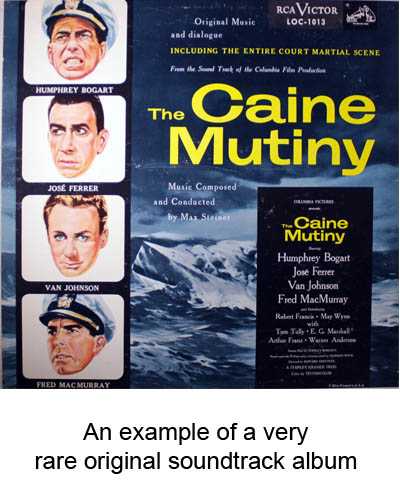 While not as popular as they were a few decades ago, soundtrack albums are a niche in which a few collectors of vinyl records specialize. Most of them are interested in the music of specific composers, many of whom did the bulk of their work writing scores for films and stage musicals. Composers such as Bernard Hermann, Alfred Newman and Max Steiner have long been popular with collectors.
While not as popular as they were a few decades ago, soundtrack albums are a niche in which a few collectors of vinyl records specialize. Most of them are interested in the music of specific composers, many of whom did the bulk of their work writing scores for films and stage musicals. Composers such as Bernard Hermann, Alfred Newman and Max Steiner have long been popular with collectors.
The soundtrack albums that tend to attract the most attention are those by well-known composers for films that weren’t popular with the public. This usually led to a relatively short time in print for the soundtrack album, making them hard to find a few years later.
The soundtrack albums for popular films, which were likely to sell well, such as The Sound of Music or My Fair Lady, on the other hand, are quite common as used records and don’t draw much attention on the collector market. On the other hand, soundtracks for obscure foreign films, many in the horror genre, are quite popular.
Perhaps the most valuable soundtrack album ever was the 1954 release of The Caine Mutiny, featuring a score by Max Steiner, which was withdrawn from the market shortly after (or possibly shortly before) its commercial release. Only a handful of copies are known to exist, and copies have changed hands for as much as $6000 in recent sales.
Collecting Vinyl Records Conclusion
As with any other area of collecting, there’s no set of rules regarding what kinds of vinyl records people collect or why any particular individual collects them. The one common factor, of course, is the music, and the love of music is what usually drives people to the hobby in the first place. One of the nice things about record collecting, unlike stamp or coin collecting, for instance, is that vinyl records can actually be played and enjoyed as they were intended to be enjoyed – to reproduce the music itself. Any other enjoyment that one might derive from collecting vinyl records is a bonus.
Click here to shop for vinyl records in our store. (new window)
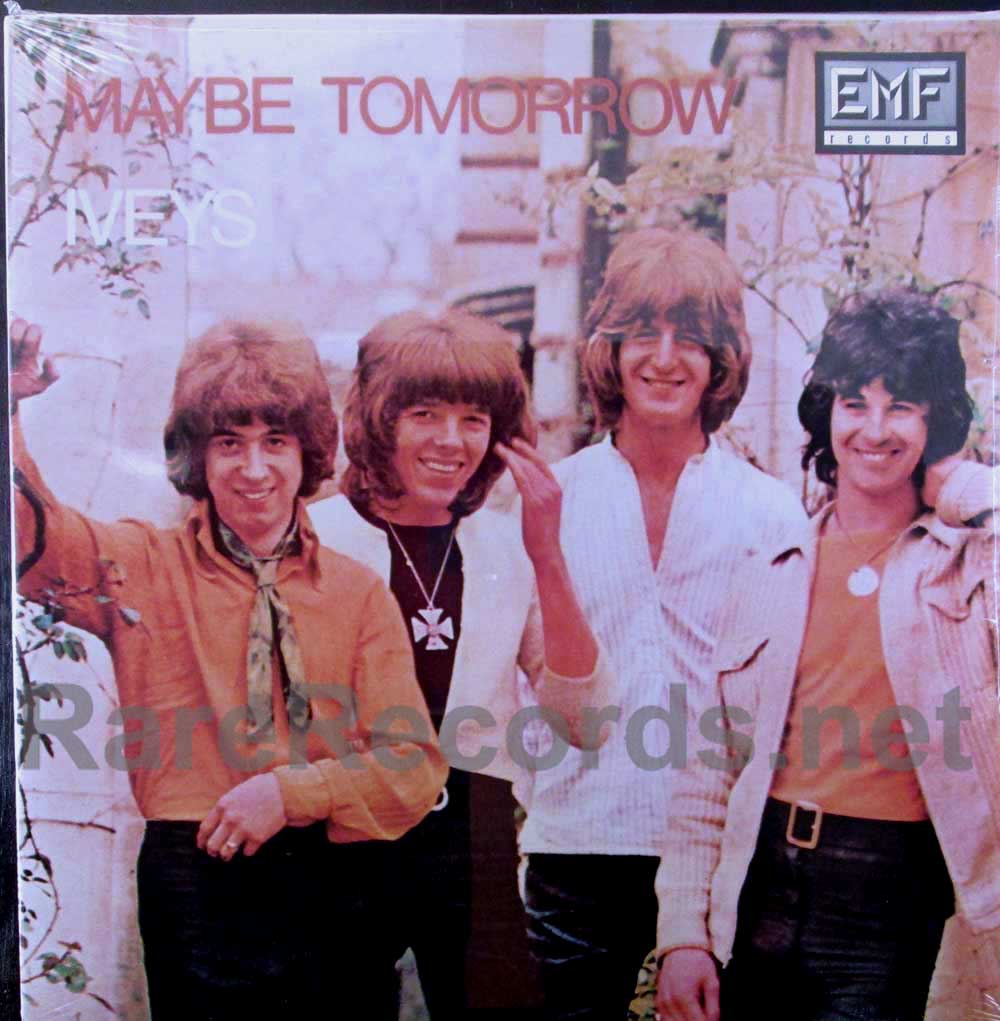
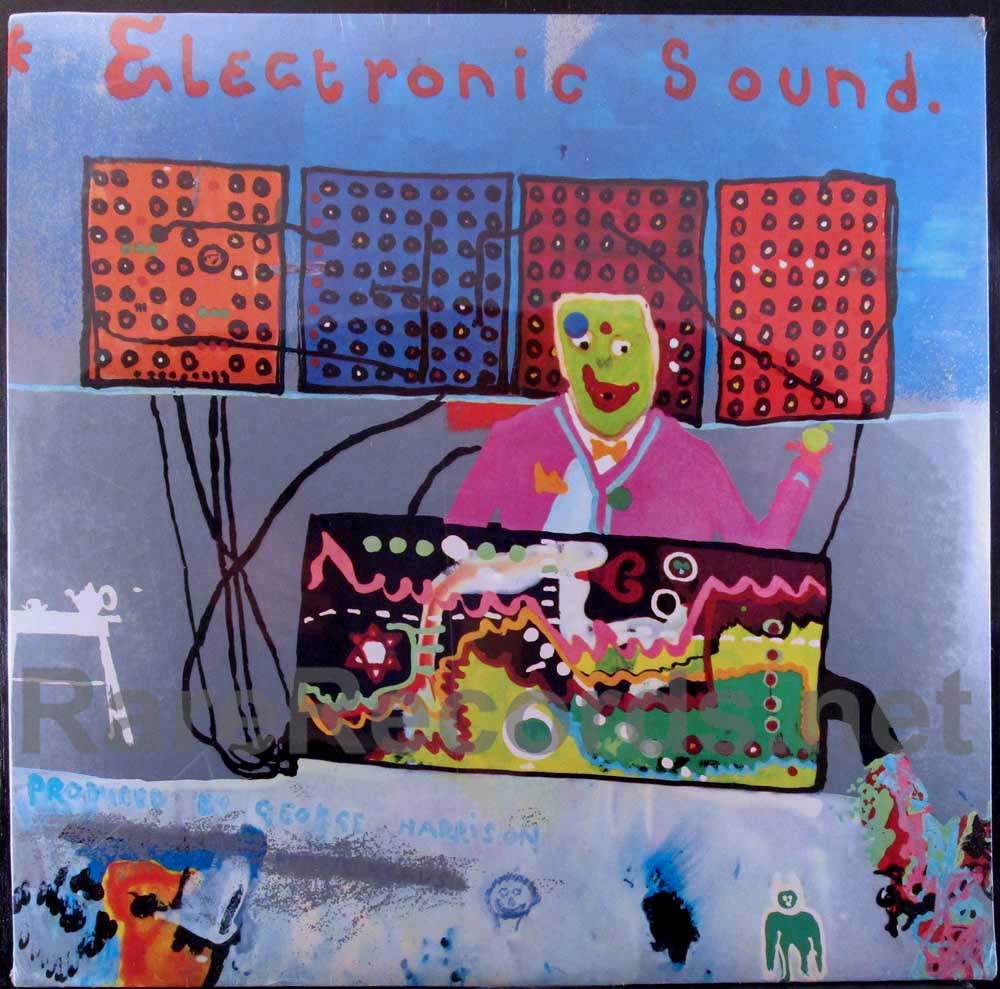

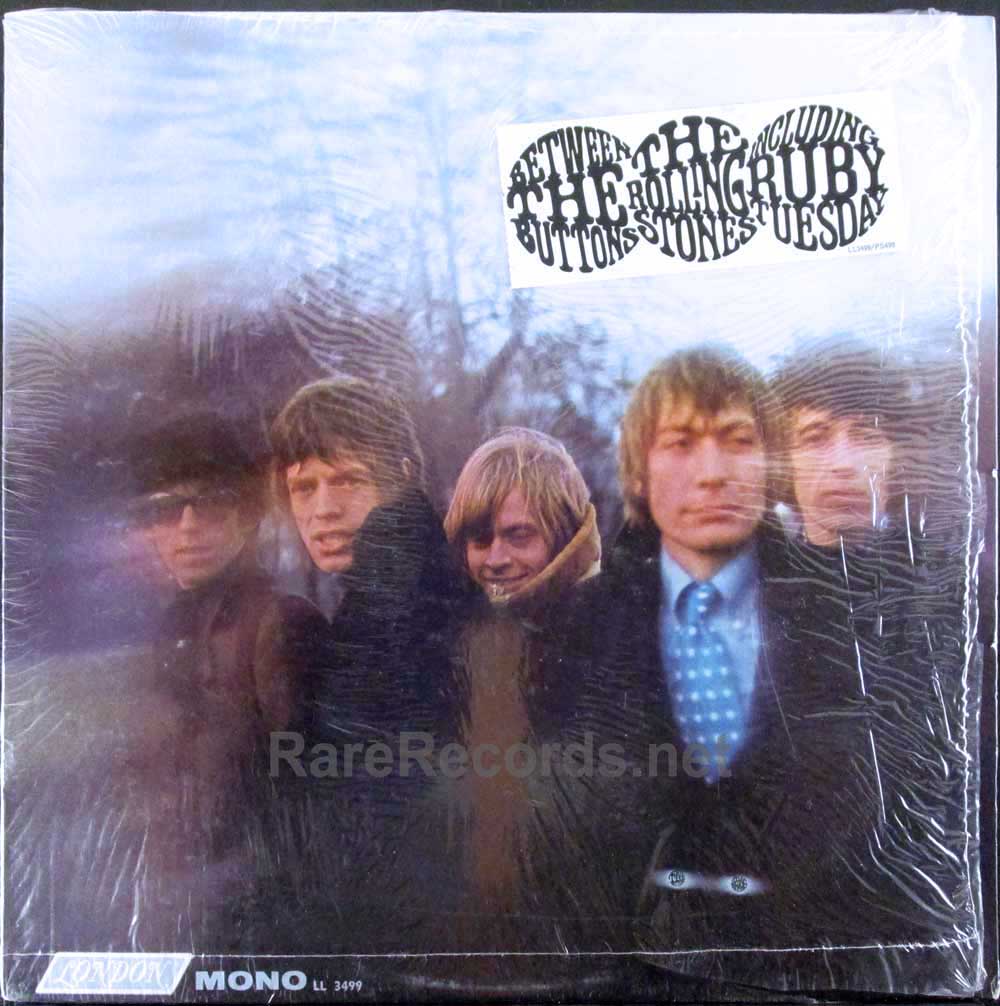
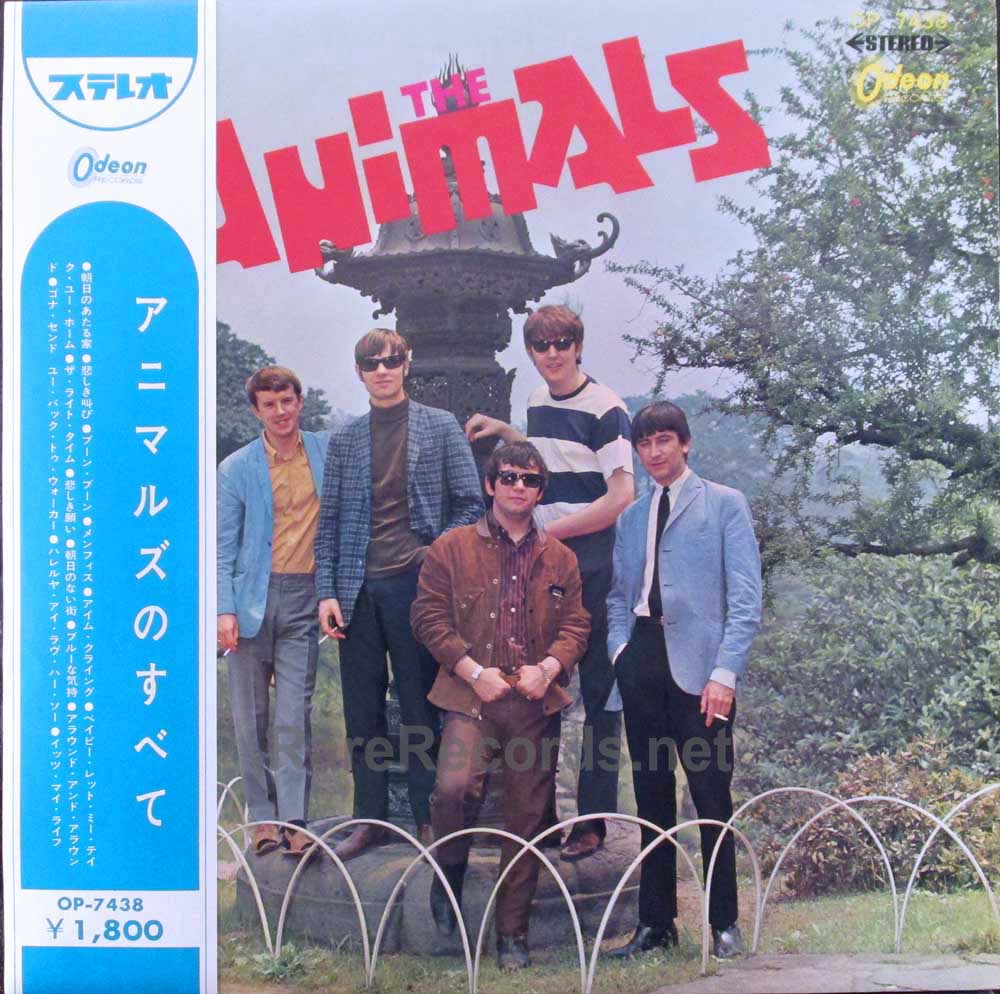
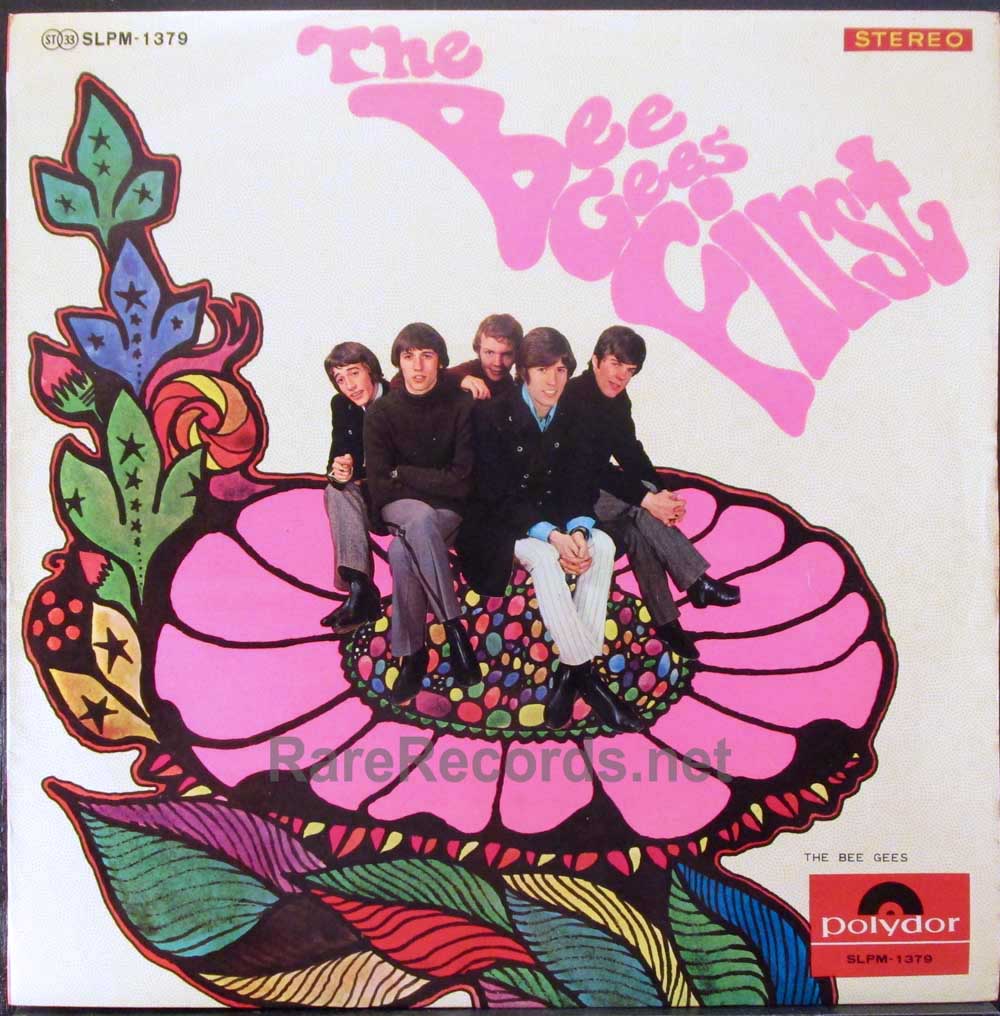
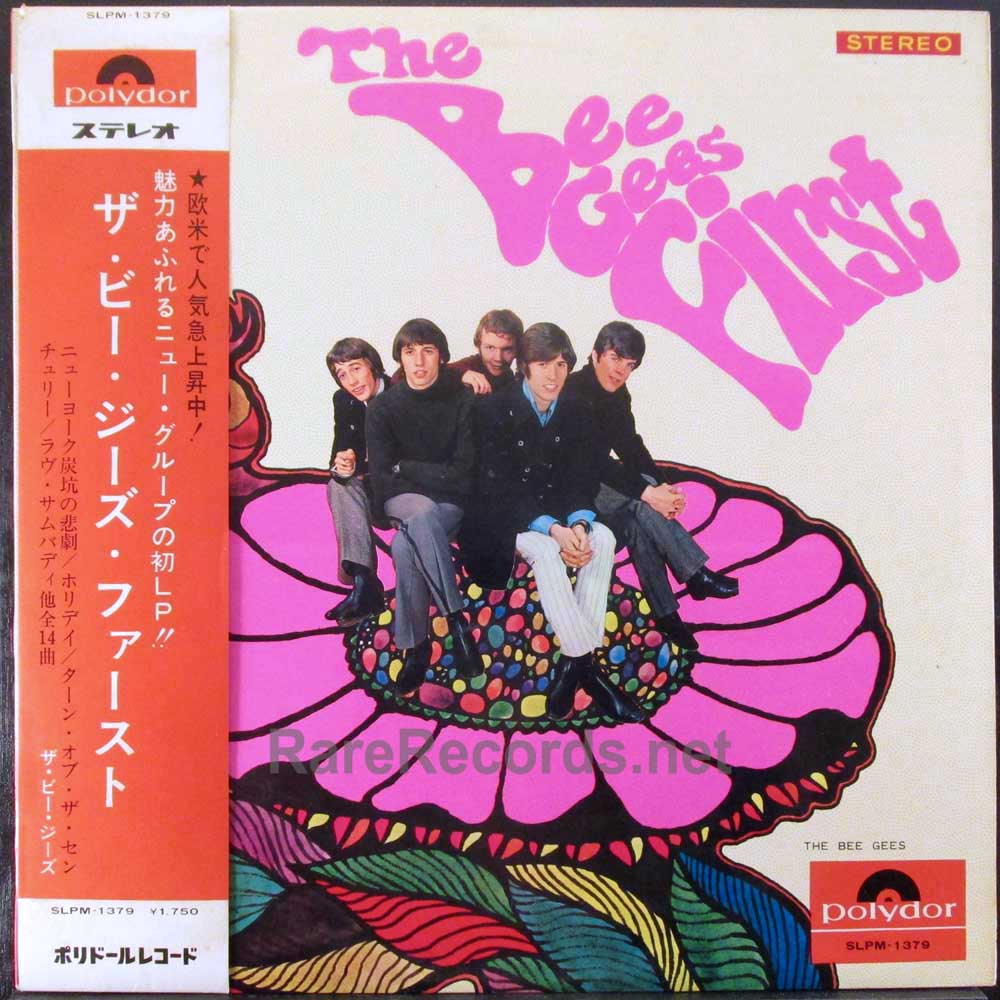
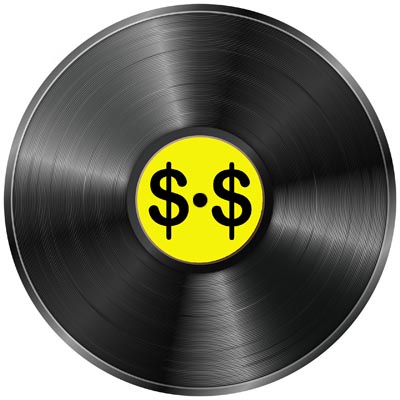
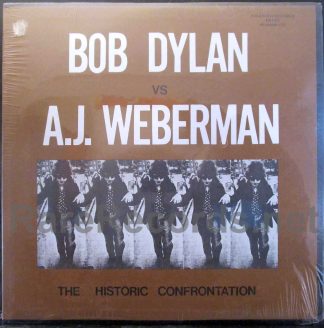

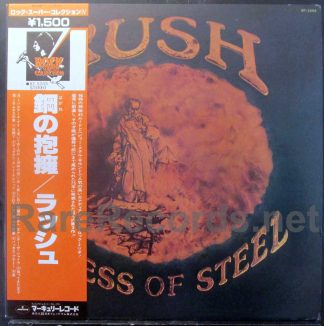
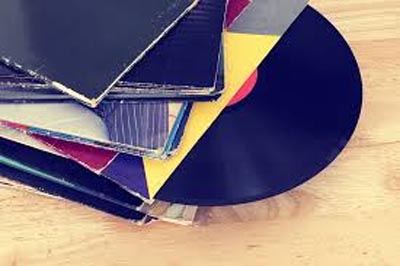

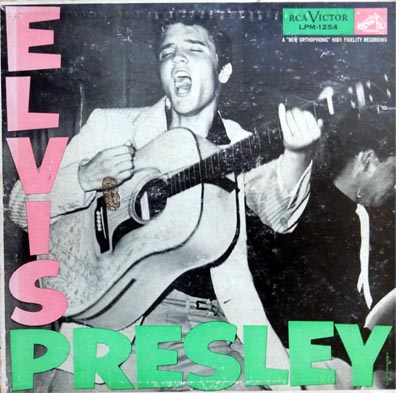
 When record albums were first offered in the late 1940s, they were sold without any external wrapping on the cover. Customers in record stores could remove the records from the cover and many stores would even allow them to play the records to help them make a buying decision. This led to problems with both theft and damage, and by the early 1960s, a number of large retailers started sealing their albums in plastic bags. Eventually, this practice was picked up by the major record companies, who began protecting their covers with shrink wrap.
When record albums were first offered in the late 1940s, they were sold without any external wrapping on the cover. Customers in record stores could remove the records from the cover and many stores would even allow them to play the records to help them make a buying decision. This led to problems with both theft and damage, and by the early 1960s, a number of large retailers started sealing their albums in plastic bags. Eventually, this practice was picked up by the major record companies, who began protecting their covers with shrink wrap.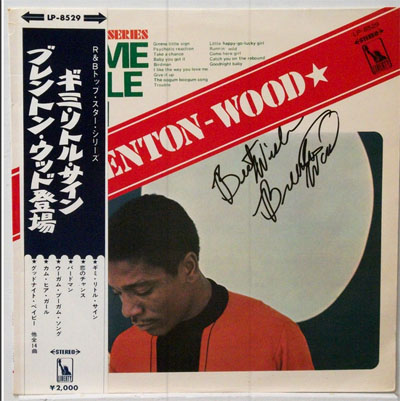
 Promotional copies of records are usually pressed before retail, or “stock” copies to ensure that they reach radio stations prior to the commercial release of the record. They are also pressed in relatively small quantities compared to stock copies of the same records. While an album may sell in the millions, there may be only a few hundred promotional copies made of that same record, making them collector’s items.
Promotional copies of records are usually pressed before retail, or “stock” copies to ensure that they reach radio stations prior to the commercial release of the record. They are also pressed in relatively small quantities compared to stock copies of the same records. While an album may sell in the millions, there may be only a few hundred promotional copies made of that same record, making them collector’s items.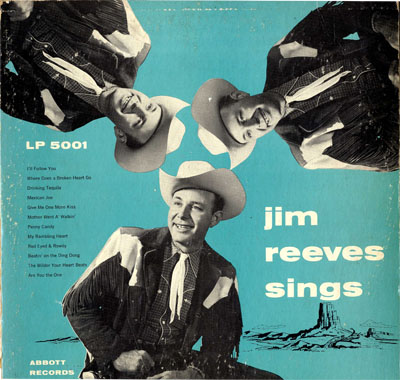
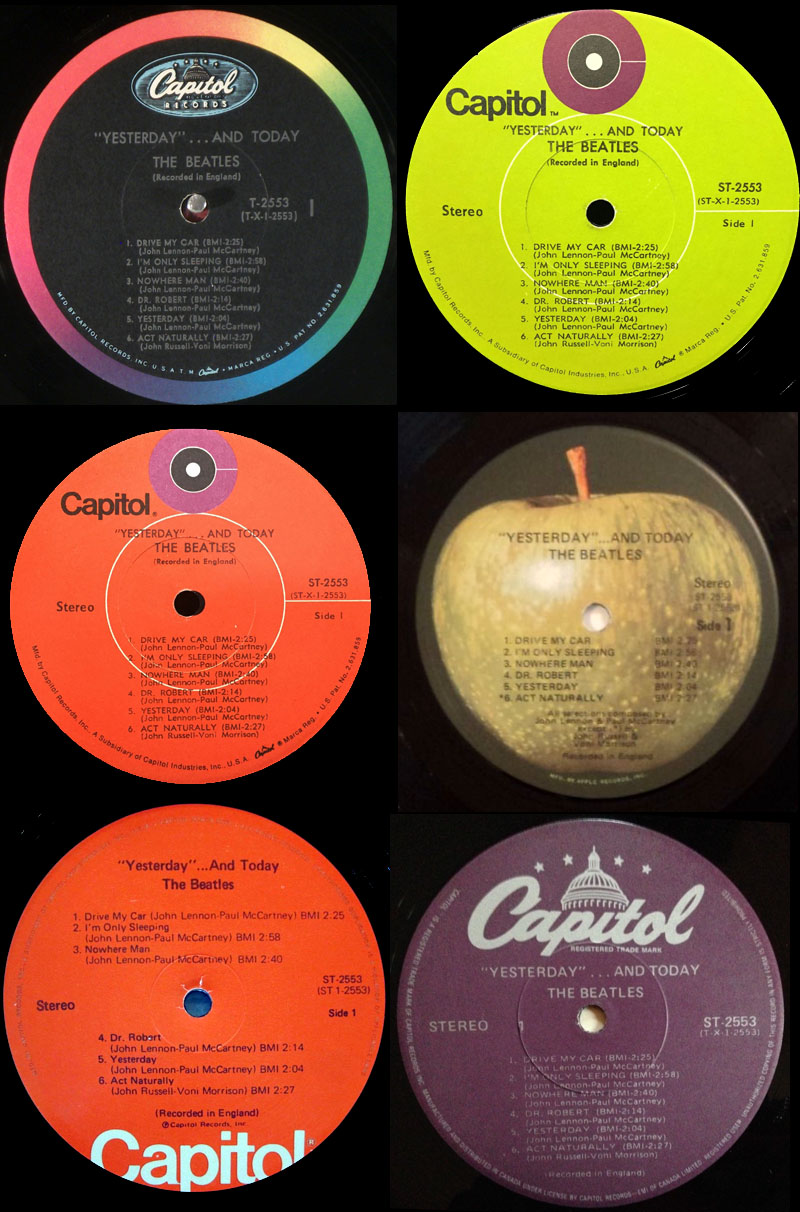
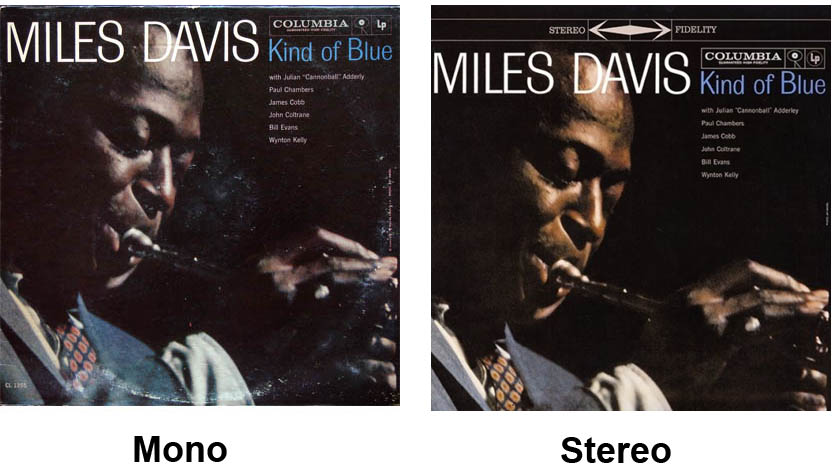 A significant factor that can affect a vinyl record’s value is the format. Until 1957, records were sold only in mono. Between 1957 and 1968, records were usually sold in both mono and stereo, and between about 1972 and 1976, a few records were available in 4 channel quadraphonic sound. During the time when records were sold in more than one format simultaneously, one of the formats was usually pressed in smaller quantities than the other. Mono records were more common than their stereo counterparts in the early 1960s, for instance, but were the harder variation to find by 1968. Quadraphonic pressings were always intended for a niche market, and never sold in large quantities, except in the few cases where all copies of a particular title were encoded in quadraphonic sound.
A significant factor that can affect a vinyl record’s value is the format. Until 1957, records were sold only in mono. Between 1957 and 1968, records were usually sold in both mono and stereo, and between about 1972 and 1976, a few records were available in 4 channel quadraphonic sound. During the time when records were sold in more than one format simultaneously, one of the formats was usually pressed in smaller quantities than the other. Mono records were more common than their stereo counterparts in the early 1960s, for instance, but were the harder variation to find by 1968. Quadraphonic pressings were always intended for a niche market, and never sold in large quantities, except in the few cases where all copies of a particular title were encoded in quadraphonic sound. While most records are pressed from black vinyl, sometimes other colors are used. On rare occasions, a special process is used to create a picture disc, which has a photograph or other graphics actually embedded in the record’s playing surface. With few exceptions, colored vinyl and picture disc pressings are limited editions, and are usually far harder to find than their black vinyl counterparts.
While most records are pressed from black vinyl, sometimes other colors are used. On rare occasions, a special process is used to create a picture disc, which has a photograph or other graphics actually embedded in the record’s playing surface. With few exceptions, colored vinyl and picture disc pressings are limited editions, and are usually far harder to find than their black vinyl counterparts.
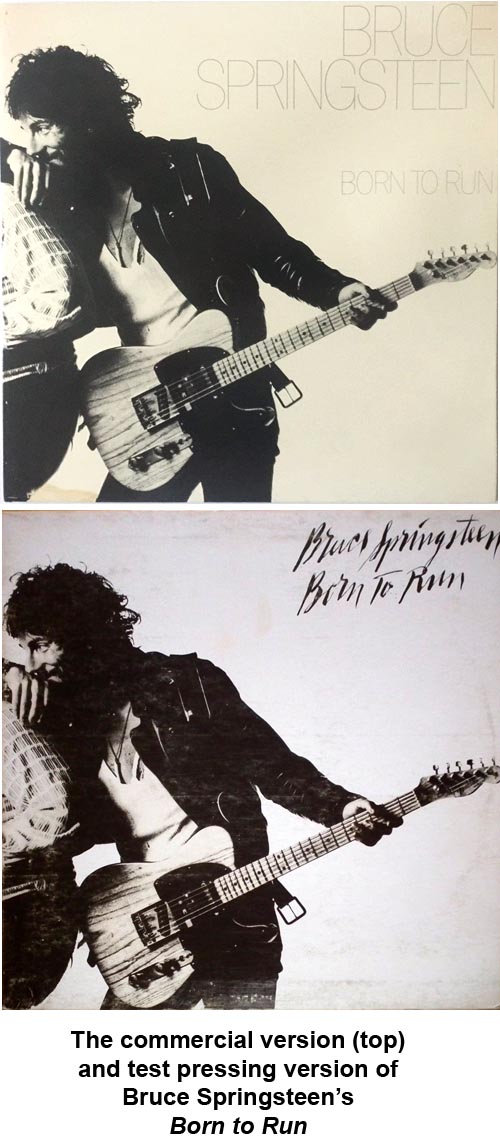 While the majority of records are standard issues that were manufactured with the intention that they be sold in stores, some are pre-production versions that were made for in-house use at the record companies prior to making the stock pressings.
While the majority of records are standard issues that were manufactured with the intention that they be sold in stores, some are pre-production versions that were made for in-house use at the record companies prior to making the stock pressings.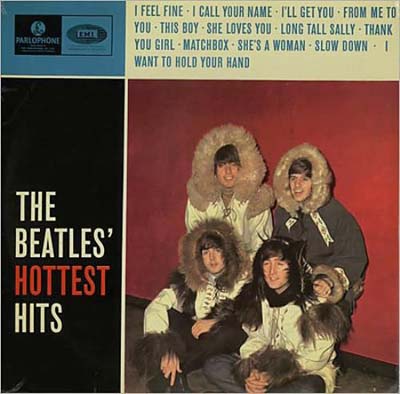
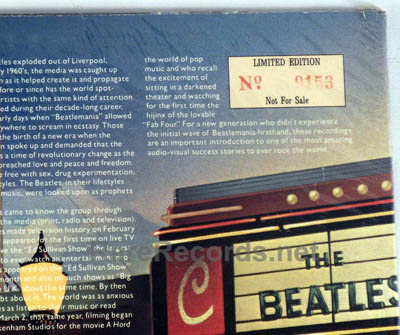
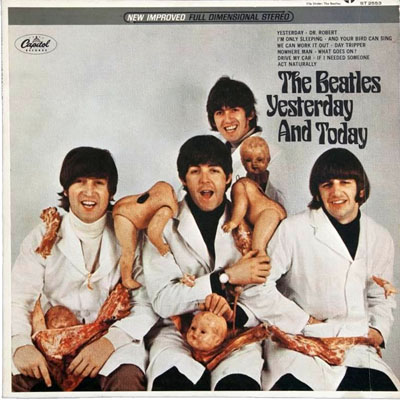
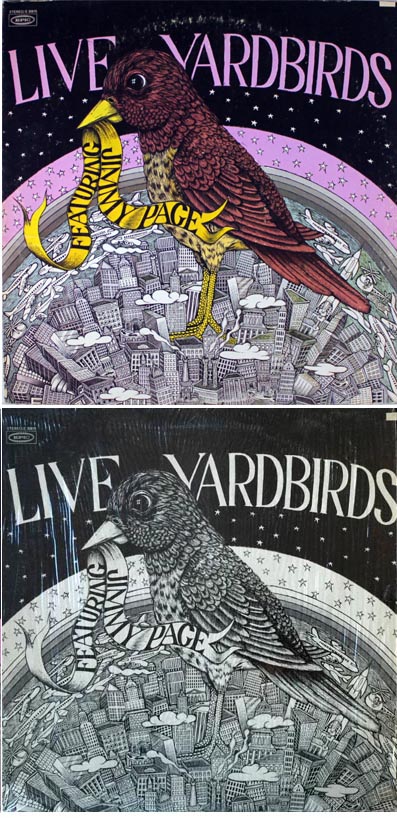
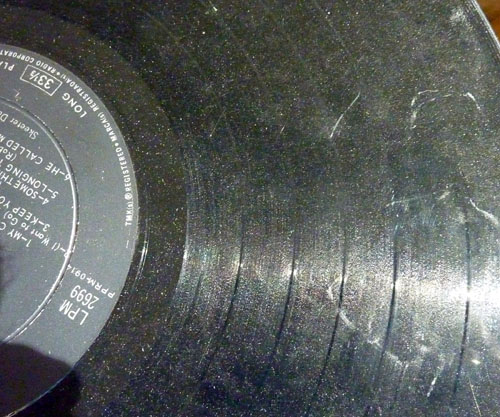
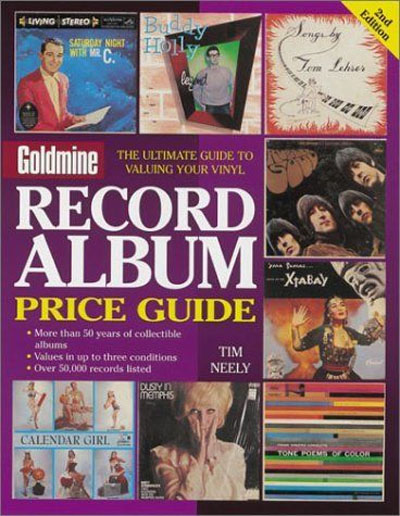
 Despite the predictions of many just a few short years ago, vinyl records are still selling well in the twenty-first century. This would have surprised a lot of people in the late 1980s, when vinyl records were in serious decline as a working format, partly due to the introduction of the compact disc earlier in the decade.
Despite the predictions of many just a few short years ago, vinyl records are still selling well in the twenty-first century. This would have surprised a lot of people in the late 1980s, when vinyl records were in serious decline as a working format, partly due to the introduction of the compact disc earlier in the decade.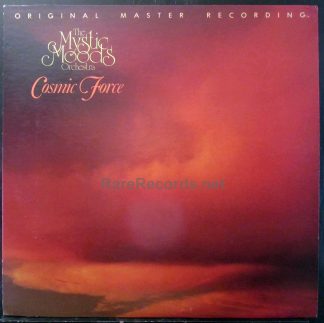
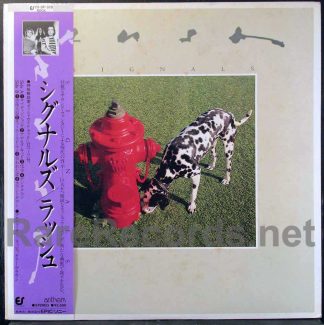

 In order to avoid writing a novel, we’ll skip the early history of vinyl records, as the early ones were made from wax, celluloid, and shellac. The modern “vinyl” record as we know it dates to the late 1940s. Record companies were looking for a format to replace the 78 RPM record, which had the limitations of fragility and a short playing time.
In order to avoid writing a novel, we’ll skip the early history of vinyl records, as the early ones were made from wax, celluloid, and shellac. The modern “vinyl” record as we know it dates to the late 1940s. Record companies were looking for a format to replace the 78 RPM record, which had the limitations of fragility and a short playing time. Throughout the 1950s and into the mid-1960s, record albums were somewhat of a niche item, with most music being sold in the form of singles.
Throughout the 1950s and into the mid-1960s, record albums were somewhat of a niche item, with most music being sold in the form of singles. The first stereo records came to market in late 1957, though for the next ten years, monaural (or “mono”) records continued to dominate the market. Stereo records were sold for a dollar more than their mono counterparts, making them more suitable to well-heeled buyers of jazz and classical recordings.
The first stereo records came to market in late 1957, though for the next ten years, monaural (or “mono”) records continued to dominate the market. Stereo records were sold for a dollar more than their mono counterparts, making them more suitable to well-heeled buyers of jazz and classical recordings. They did this by aggressively promoting the compact disc format and taking advantage of the CD’s longer playing time. Albums would be released in both formats, but the CD would often contain one or more extra songs that were not on the LP counterpart.
They did this by aggressively promoting the compact disc format and taking advantage of the CD’s longer playing time. Albums would be released in both formats, but the CD would often contain one or more extra songs that were not on the LP counterpart. Over the past decade, the major labels have slowly returned to releasing titles in the form of vinyl records, and today, oddly enough, virtually every new release from a major artist is available in LP form, and much to everyone’s surprise, they’re selling.
Over the past decade, the major labels have slowly returned to releasing titles in the form of vinyl records, and today, oddly enough, virtually every new release from a major artist is available in LP form, and much to everyone’s surprise, they’re selling. Bonus items – Vinyl records occasionally included bonus items such as stickers or posters, which are generally too large to fit in a compact disc case. Back in the 1970s, albums often came with posters, and millions of teenagers had the posters from Pink Floyd’s Dark Side of the Moon hanging on their wall. With the resurgence of vinyl records, buyers can once again enjoy that experience.
Bonus items – Vinyl records occasionally included bonus items such as stickers or posters, which are generally too large to fit in a compact disc case. Back in the 1970s, albums often came with posters, and millions of teenagers had the posters from Pink Floyd’s Dark Side of the Moon hanging on their wall. With the resurgence of vinyl records, buyers can once again enjoy that experience. People collect all kinds of vinyl records, and they collect them for all kinds of reasons. The primary reason, however, is an interest in a particular artist. Most collections start out based on interest in one artist in particular, though many collectors are interested in more than one artist. From there, many collectors seek to obtain a copy of every album or every record by that particular artist.
People collect all kinds of vinyl records, and they collect them for all kinds of reasons. The primary reason, however, is an interest in a particular artist. Most collections start out based on interest in one artist in particular, though many collectors are interested in more than one artist. From there, many collectors seek to obtain a copy of every album or every record by that particular artist. The early days of stereo in the late 1950s introduced us to “audiophiles”, who were people who were interested in well-recorded sound and who went out of their way to purchase records that produced a realistic, you-are-there listening experience.
The early days of stereo in the late 1950s introduced us to “audiophiles”, who were people who were interested in well-recorded sound and who went out of their way to purchase records that produced a realistic, you-are-there listening experience. This led to the release of thousands of albums over the next five years by hundreds of different artists, usually in the form of previously unreleased studio material or live, “in concert” recordings, with the quality of these records varying dramatically based on the quality of the source tapes used.
This led to the release of thousands of albums over the next five years by hundreds of different artists, usually in the form of previously unreleased studio material or live, “in concert” recordings, with the quality of these records varying dramatically based on the quality of the source tapes used. In the early 1960s, Columbia Records, then the nation’s largest record company, began occasionally pressing records on colored vinyl for radio station use. Radio stations often received dozens of records per month with the hopes that they’d play them, and the record company decided that anything that drew attention to their product would be helpful. Columbia and associated labels pressed hundreds of
In the early 1960s, Columbia Records, then the nation’s largest record company, began occasionally pressing records on colored vinyl for radio station use. Radio stations often received dozens of records per month with the hopes that they’d play them, and the record company decided that anything that drew attention to their product would be helpful. Columbia and associated labels pressed hundreds of  In the early days of stereo, most amplifiers were powered via vacuum tubes, which were relatively expensive. Starting in the early 1960s, these tube amplifiers were slowly replaced in the market by transistorized, “solid-state” equipment, much of which was imported from Japan. As the equipment became more affordable and more widely available, more buyers began to buy stereo records instead of their monaural versions.
In the early days of stereo, most amplifiers were powered via vacuum tubes, which were relatively expensive. Starting in the early 1960s, these tube amplifiers were slowly replaced in the market by transistorized, “solid-state” equipment, much of which was imported from Japan. As the equipment became more affordable and more widely available, more buyers began to buy stereo records instead of their monaural versions. When the tapes aren’t useful or are no longer available, record companies have to find alternative sources to master their records and the result is usually a record that doesn’t sound as good as the original pressing. Because of this, collectors are often willing to pay a premium for original pressings of classic or highly regarded albums, as they sound better than later pressings.
When the tapes aren’t useful or are no longer available, record companies have to find alternative sources to master their records and the result is usually a record that doesn’t sound as good as the original pressing. Because of this, collectors are often willing to pay a premium for original pressings of classic or highly regarded albums, as they sound better than later pressings. Promotional records are those created to generate sales of a particular album, usually be being pressed especially for radio use. In the 1950s, a few record companies began to send copies of records to radio stations, usually with special labels that were marked “promotion copy – not for sale.” These vinyl records were marked this way in order to distinguish them from the inventory that was intended to be sold to the public.
Promotional records are those created to generate sales of a particular album, usually be being pressed especially for radio use. In the 1950s, a few record companies began to send copies of records to radio stations, usually with special labels that were marked “promotion copy – not for sale.” These vinyl records were marked this way in order to distinguish them from the inventory that was intended to be sold to the public. Until the mid-1960s, records sold at retail in the United States were not shrink-wrapped at the factory to protect the vinyl prior to purchase. In fact, in the 1950s, many record stores allowed customers to listen to a record prior to purchase in order to determine if they wanted to buy it.
Until the mid-1960s, records sold at retail in the United States were not shrink-wrapped at the factory to protect the vinyl prior to purchase. In fact, in the 1950s, many record stores allowed customers to listen to a record prior to purchase in order to determine if they wanted to buy it. A lot of collectors are interested in collecting singles, whether they’re the common 45 RPM variety or the less common 78 RPM version. Many music buyers started out buying the songs they heard on the radio as singles before graduating to buying albums.
A lot of collectors are interested in collecting singles, whether they’re the common 45 RPM variety or the less common 78 RPM version. Many music buyers started out buying the songs they heard on the radio as singles before graduating to buying albums. While not as popular as they were a few decades ago, soundtrack albums are a niche in which a few collectors of vinyl records specialize. Most of them are interested in the music of specific composers, many of whom did the bulk of their work writing scores for films and stage musicals. Composers such as Bernard Hermann, Alfred Newman and Max Steiner have long been popular with collectors.
While not as popular as they were a few decades ago, soundtrack albums are a niche in which a few collectors of vinyl records specialize. Most of them are interested in the music of specific composers, many of whom did the bulk of their work writing scores for films and stage musicals. Composers such as Bernard Hermann, Alfred Newman and Max Steiner have long been popular with collectors.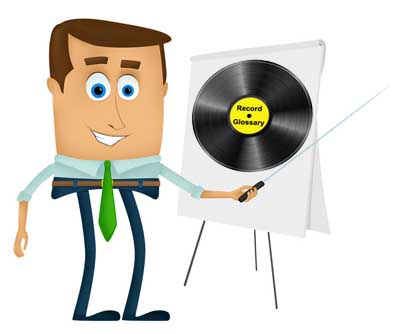
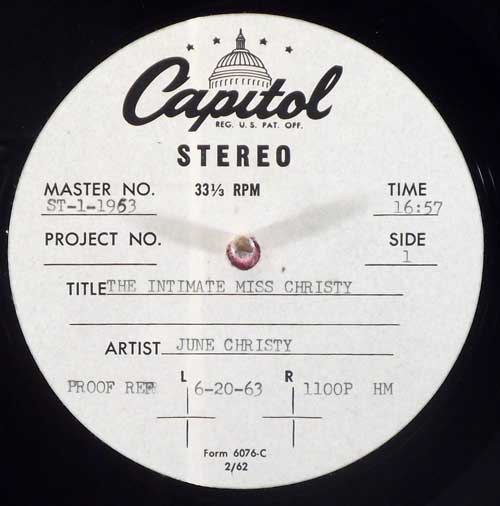

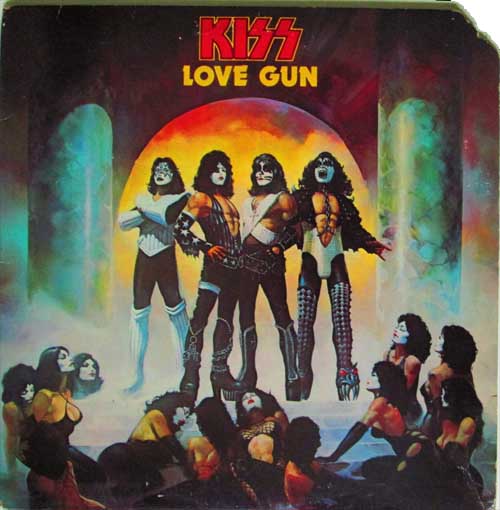
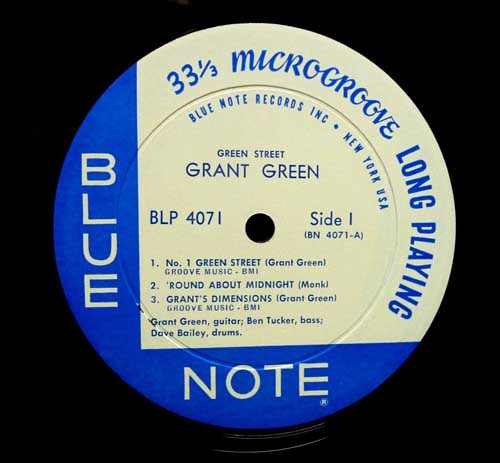
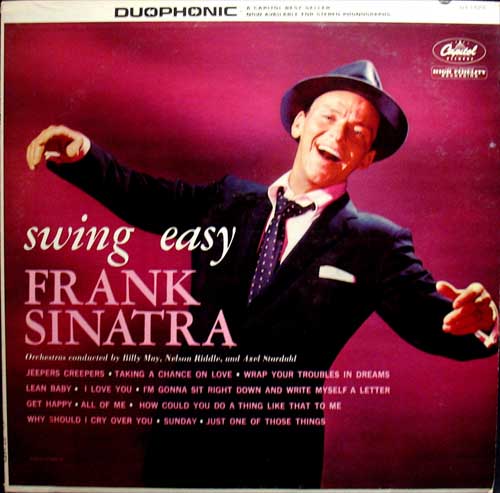
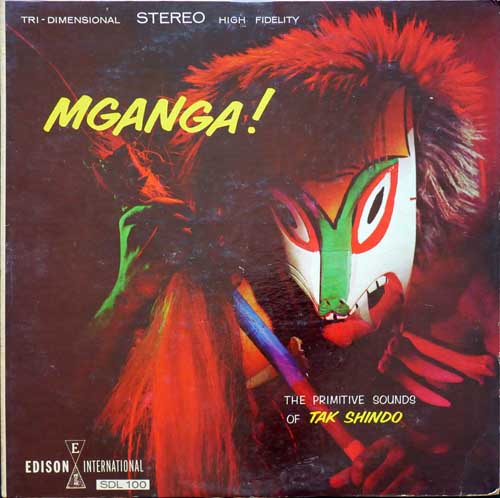
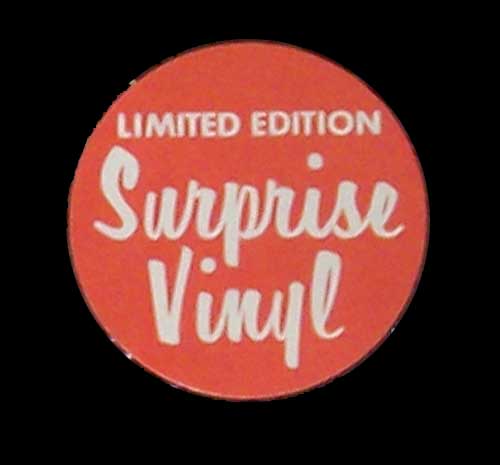
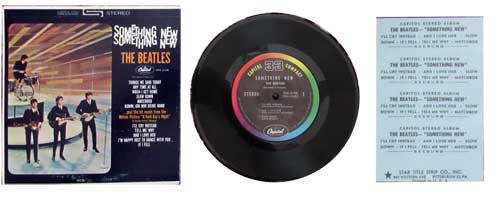
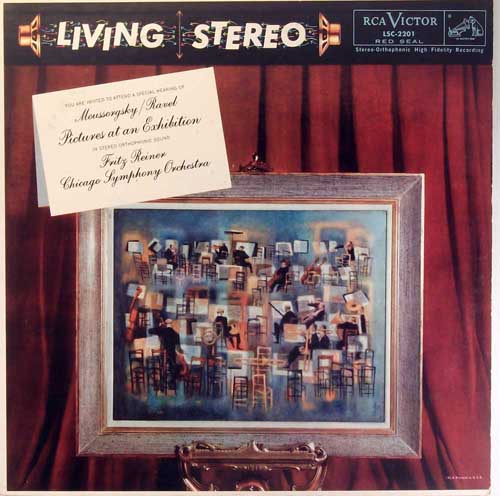
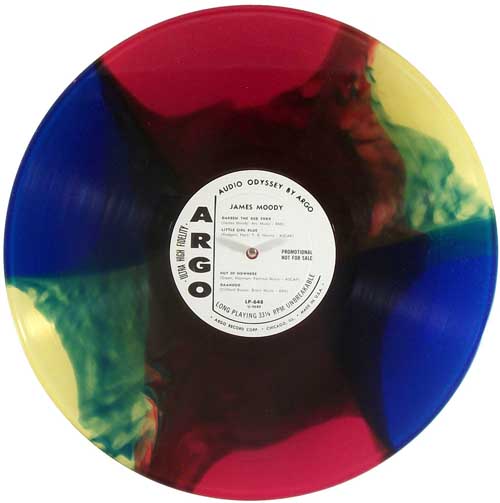
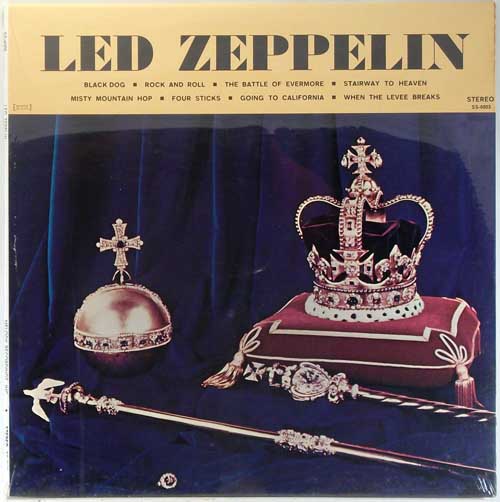

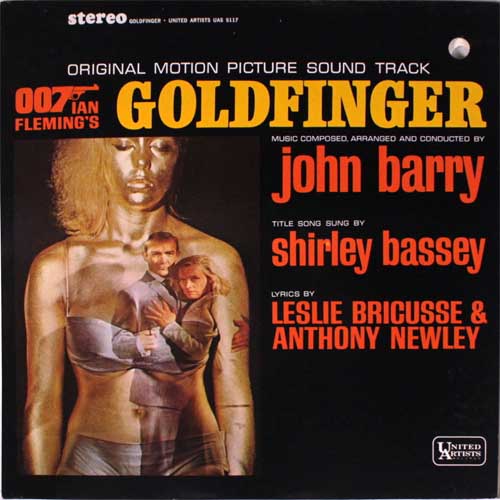
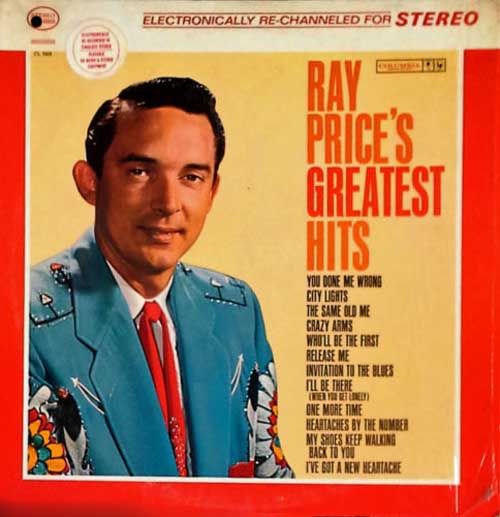


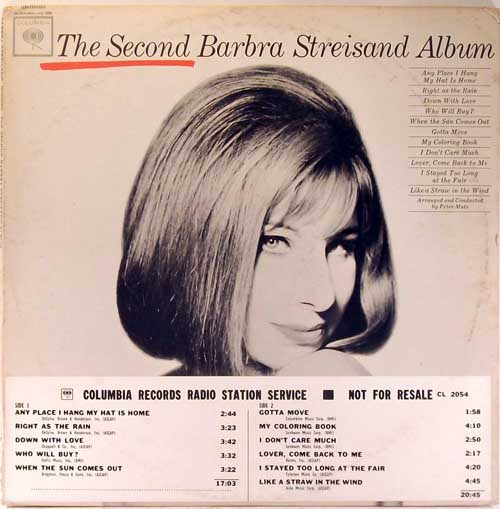
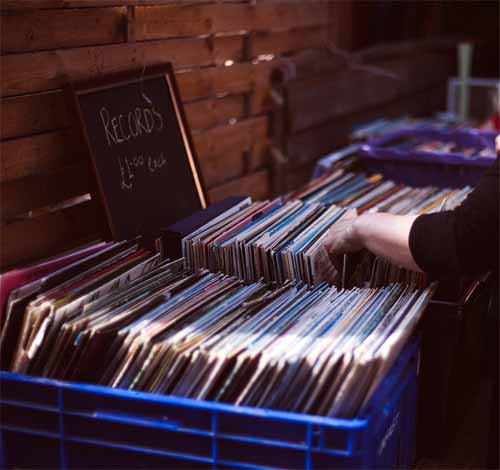 After a twenty year period of relative scarcity and public indifference, sales of vinyl records are back and have been increasing annually for more than a decade. Nearly all new releases by popular artists are now available in vinyl format, as well as in downloadable form or as compact discs.
After a twenty year period of relative scarcity and public indifference, sales of vinyl records are back and have been increasing annually for more than a decade. Nearly all new releases by popular artists are now available in vinyl format, as well as in downloadable form or as compact discs.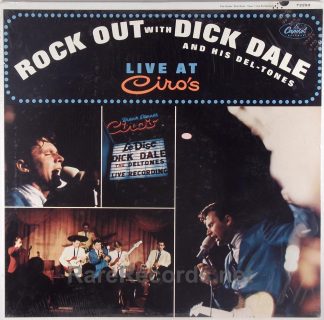
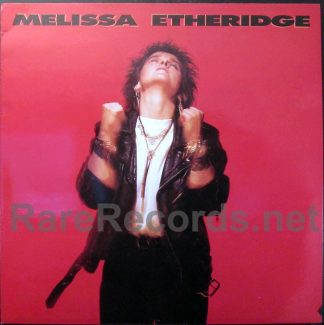
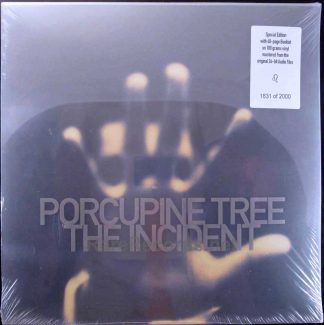
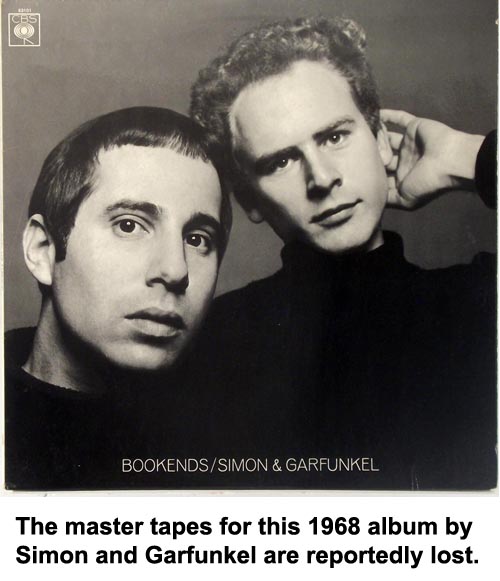 Analog tape does not age well; over time the sound can degrade due to improper storage. Poor storage can cause the coating on the tape that contains the recording to flake off, rendering the tape useless.
Analog tape does not age well; over time the sound can degrade due to improper storage. Poor storage can cause the coating on the tape that contains the recording to flake off, rendering the tape useless.
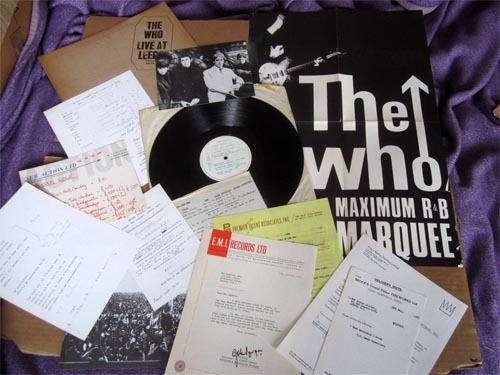
 Album art is another reason why a buyer might prefer vintage vinyl records to new ones. Of course, an album, by sheer advantage of larger size, will provide better artwork than a compact disc, and certainly better than a download, which comes with no artwork at all.
Album art is another reason why a buyer might prefer vintage vinyl records to new ones. Of course, an album, by sheer advantage of larger size, will provide better artwork than a compact disc, and certainly better than a download, which comes with no artwork at all.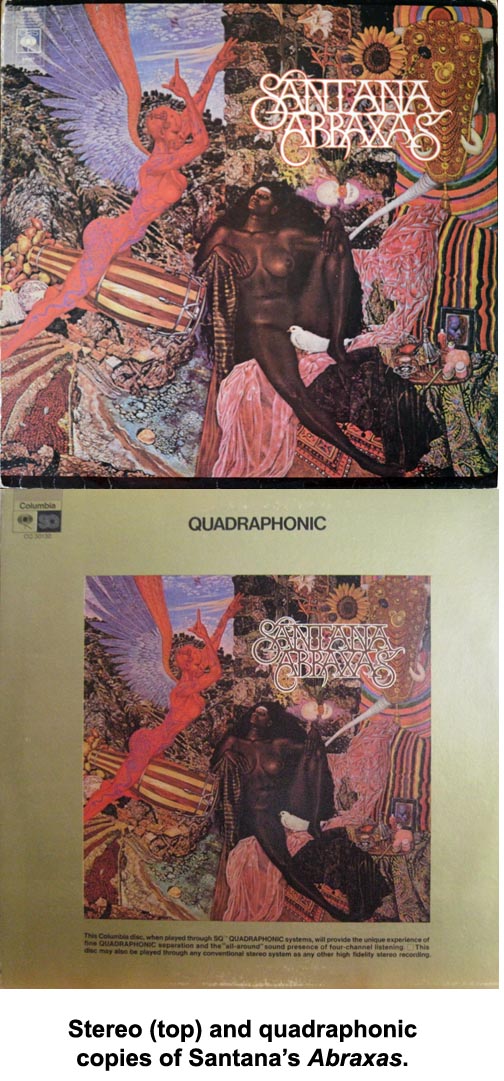 While a surprising number of classic albums are now available again in the LP format, they’re not necessarily available in all of the different versions that may have previously been available. Vintage vinyl records released between 1958 and 1968, for example, were usually released in both mono and stereo. In the early to mid-1970s, many albums were also briefly available as four-channel quadraphonic pressings.
While a surprising number of classic albums are now available again in the LP format, they’re not necessarily available in all of the different versions that may have previously been available. Vintage vinyl records released between 1958 and 1968, for example, were usually released in both mono and stereo. In the early to mid-1970s, many albums were also briefly available as four-channel quadraphonic pressings.